Ep 228: The Mystery of Pumapunku Part 1
“Life has been often disturbed on this earth by terrible events. Numberless living beings have been the victims of these catastrophes; some have been destroyed by sudden inundations. Their races even have become extinct, and have left no memorial of them except some small fragments which the naturalist can scarcely recognise.”
Description:
We’ve all heard of the mystical and wondrous ancient civilizations of Mesoamerica and South America: The Maya, Olmecs, Aztecs, and the Inca. But one culture that developed on the southern end of Lake Titicaca in present-day western Bolivia near the border with Peru left behind ruins so monumental they continue to intrigue archaeologists and spark hypotheses of anachronistic, advanced technologies. The Inca referred to Lake Titicaca as their origin place. The culture that evolved in the region became known as Yaya-Mama, or “Father-Mother,” for the sculptures depicting dualistic Male-Female opposites. The remains of the capital city for this society are now known as Tiwanaku, one of the most significant archaeological sites in South America. Beginning as a small village in the BCE period, Tiwanaku grew to an enormous metropolis for its time. Peaking around 700 to 1000 CE, with a population near 40,000 and as many as 500,000 people settling in the high plains valley, what remains is a little over one and a half square miles of artifacts such as impressively carved stone gates and monolith statues, artisan ceramics, and quality metalwork. But perhaps the most awe-inspiring remnants are found at a particular spot within Tiwanaku called Pumapunku. Translating as “Gate of the Puma,” archaeologists define Pumapunku as a ceremonial and elite residential complex constructed in the typical fashion of a sunken court surrounded by plazas and ramps, sitting on a terraced platform mound. Yet what makes Pumapunku stand out from other similarly designed sites is the sophisticated masonry of its massive stone blocks ranging in size from 30 to 130 tons. Baffling as it is to imagine how these stones may have been quarried and moved great distances, it’s even more unaccountable how the Tiwanaku were able to cut the blocks so precisely they fit like interlocking puzzle pieces. This feat has some guessing the lost techniques were known only to them or even guided by otherworldly visitors. With construction beginning between 500 and 600 CE and rebuilt over the following centuries, the city would fall just as mysteriously, sometime around 1000 CE. Whether from natural disaster, withering from internal strife, or some violent end, Pumapunku and Tiwanaku leave us with one of the world’s great archaeological enigmas. Tonight, we unearth the artifacts and culture of a city once known by the Aymara people of the Bolivian Andes as “stone in the center,” meaning the center of the world.
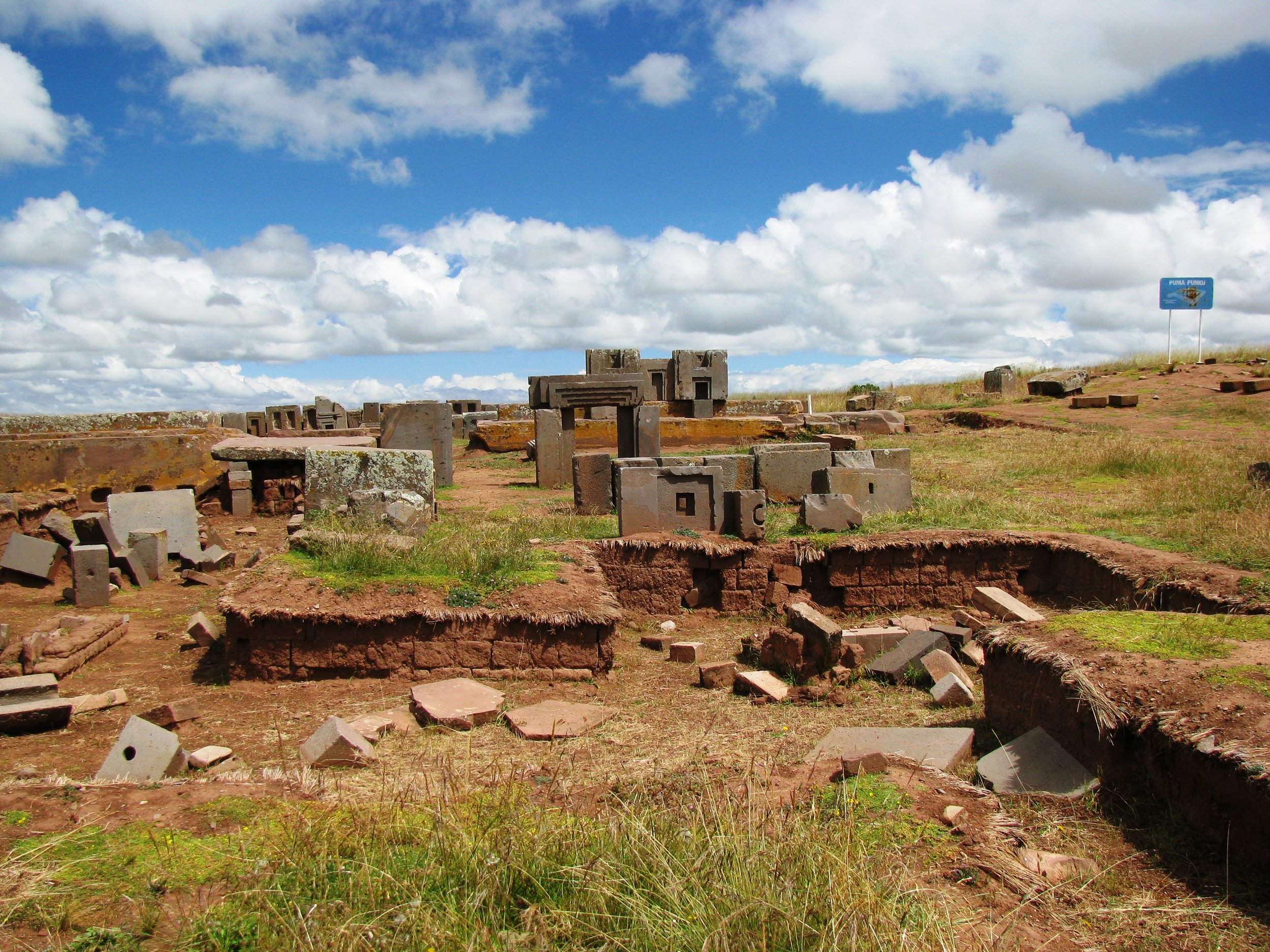
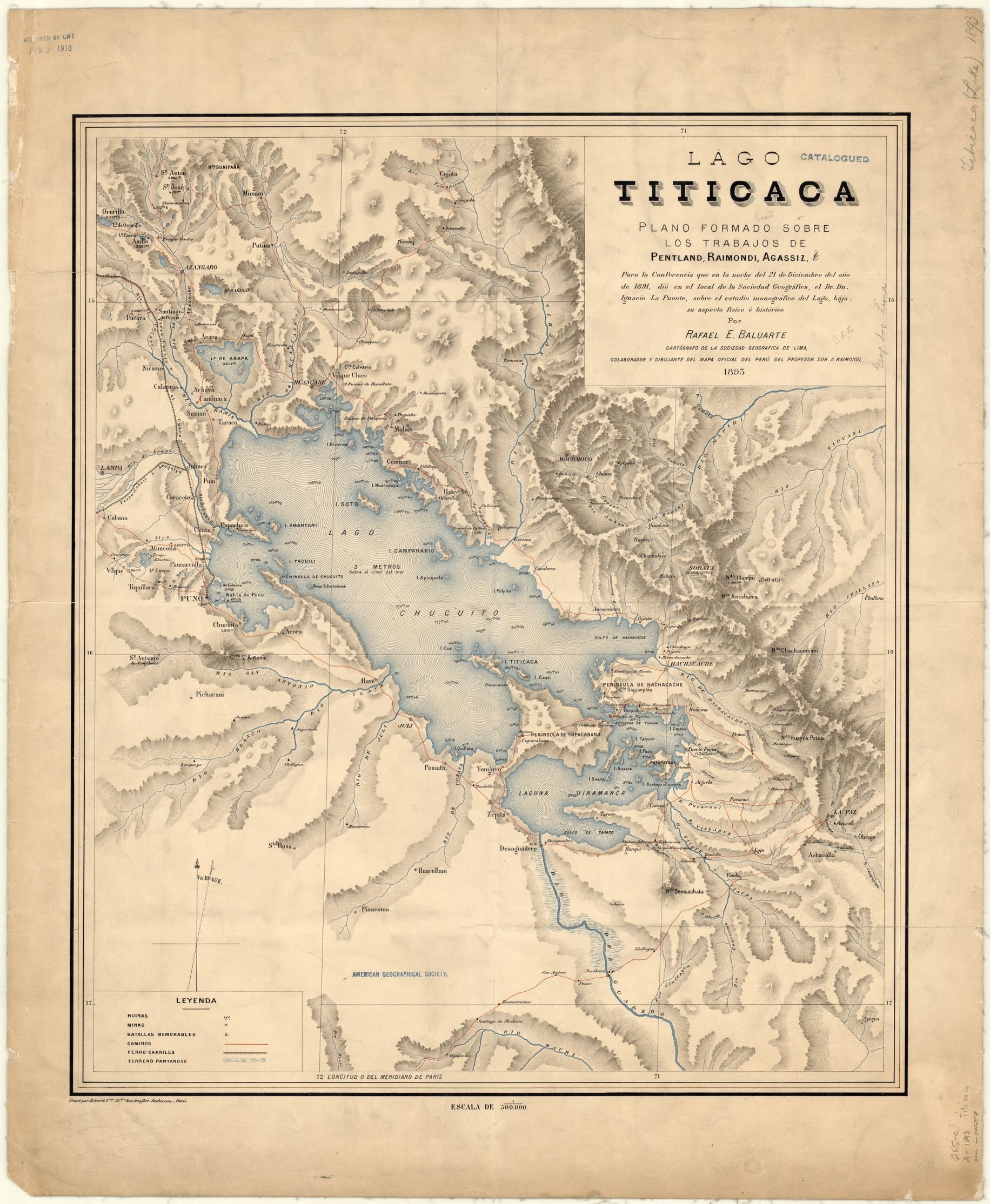
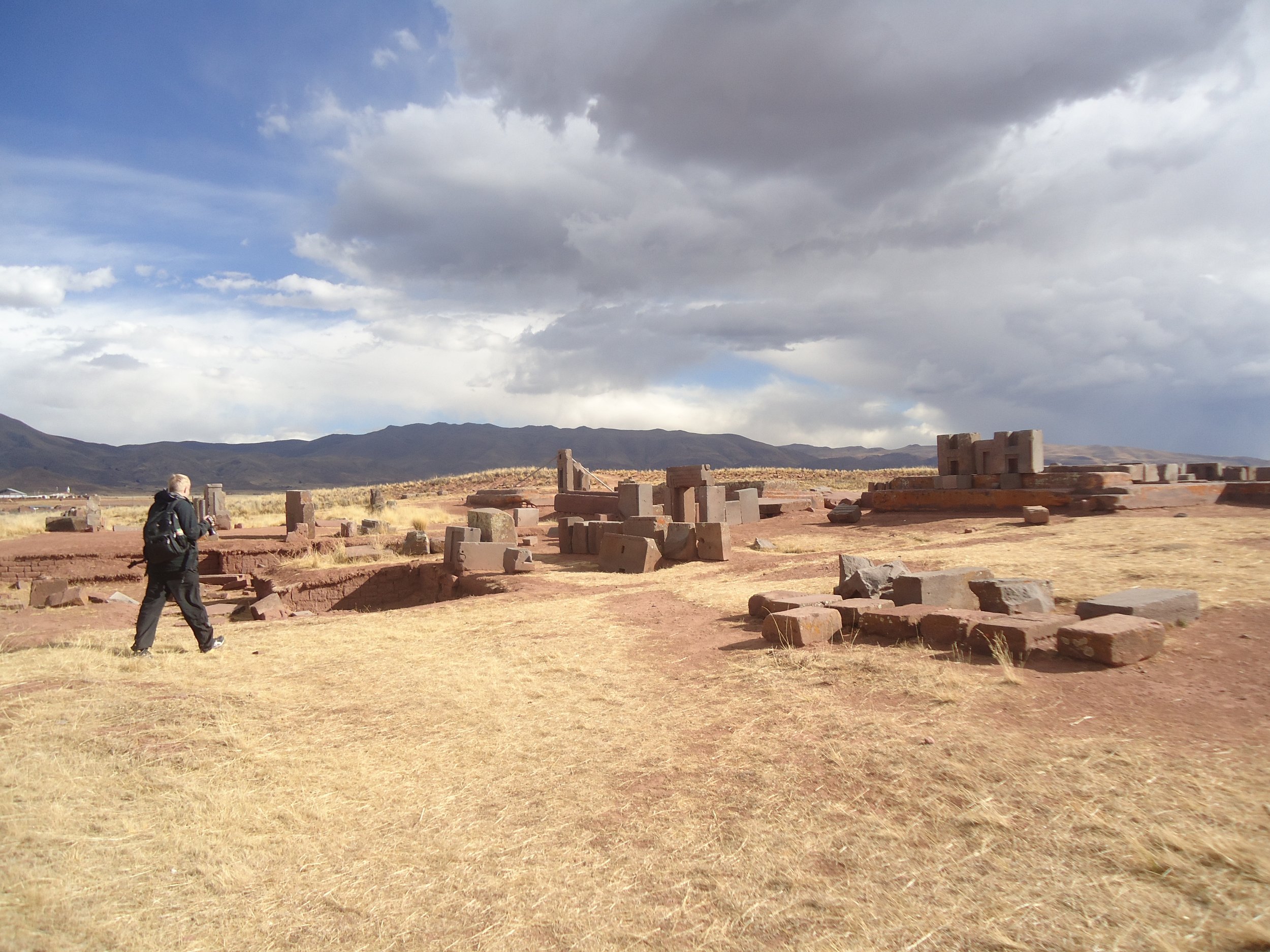
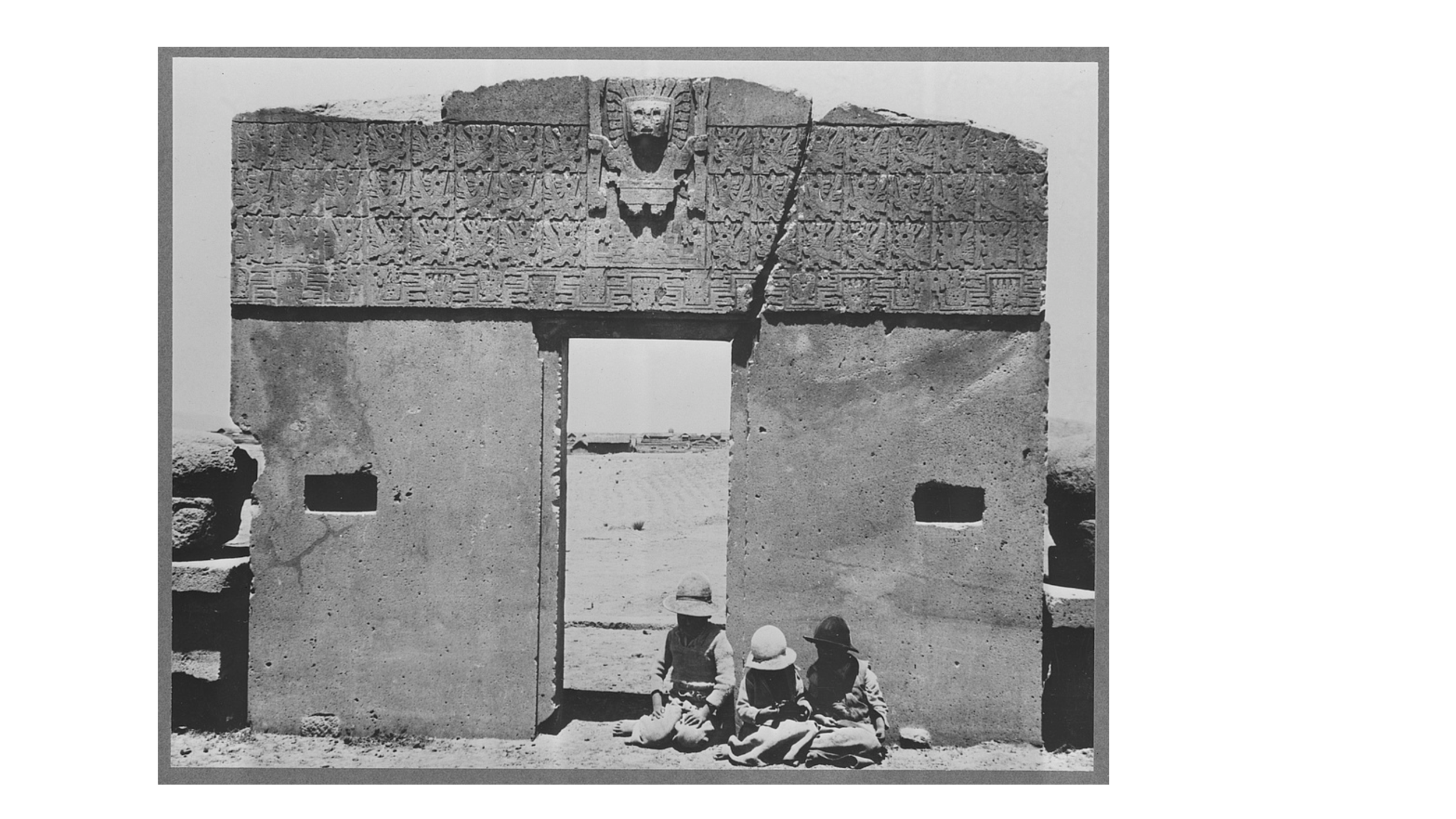
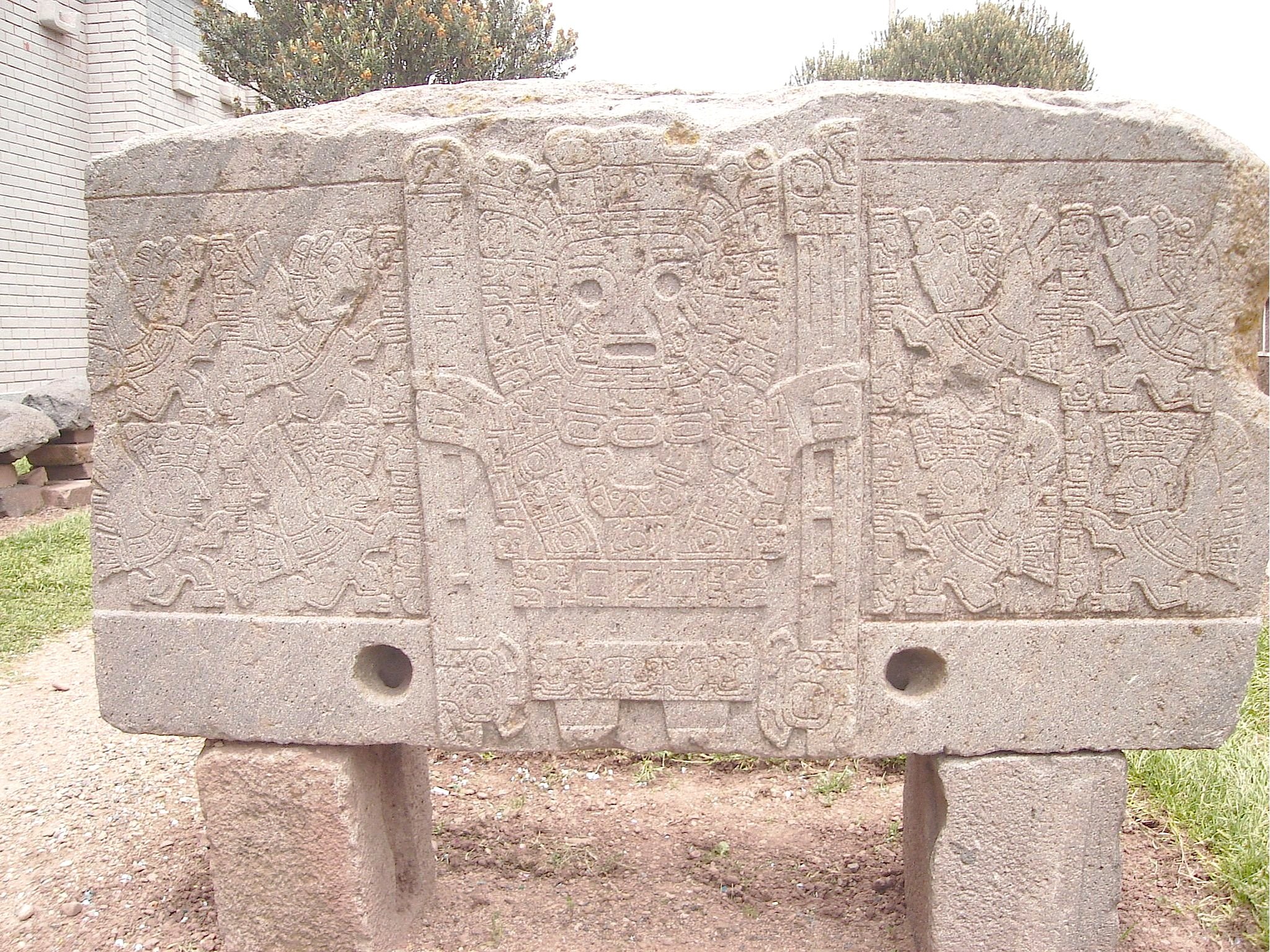
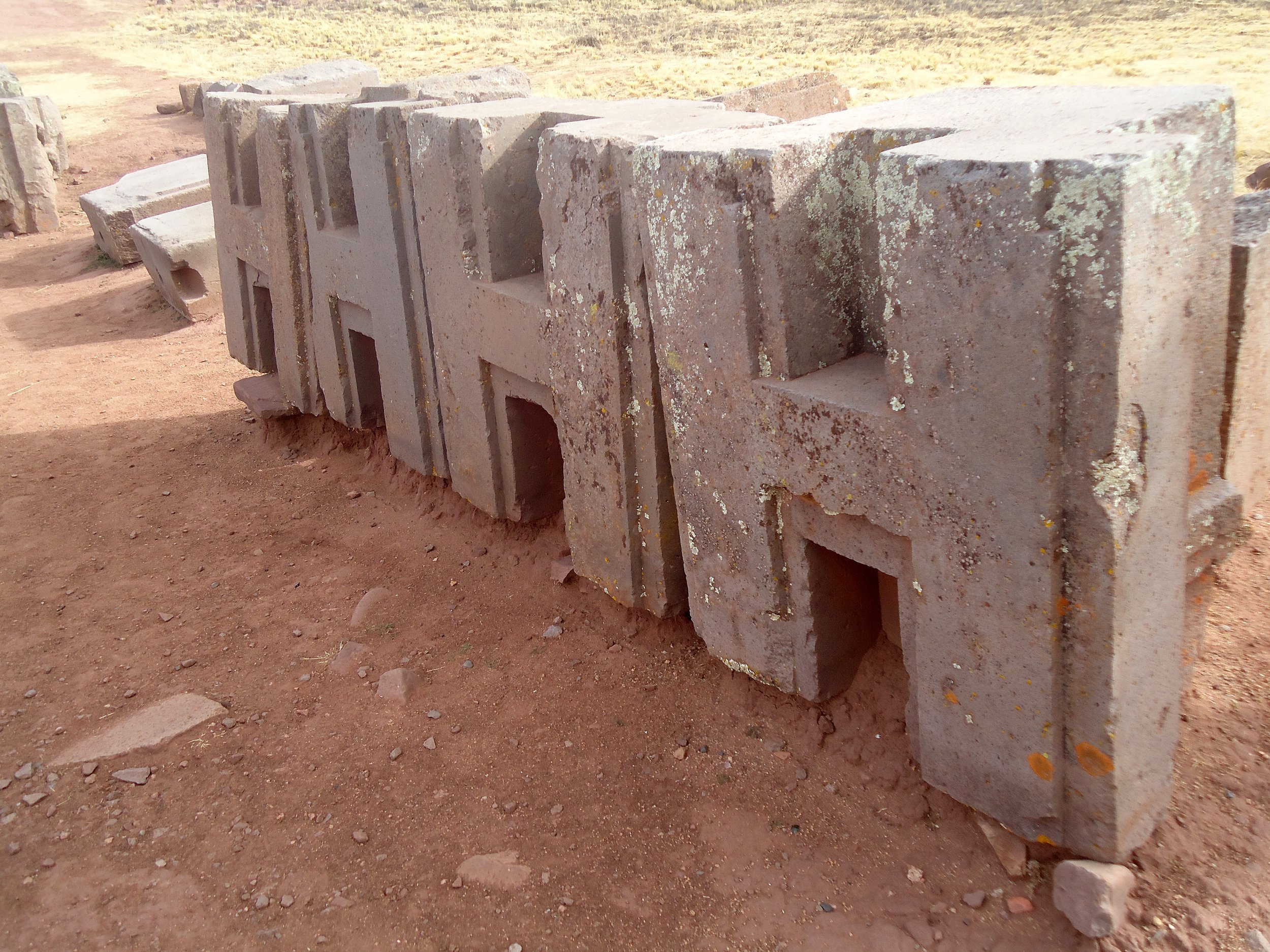
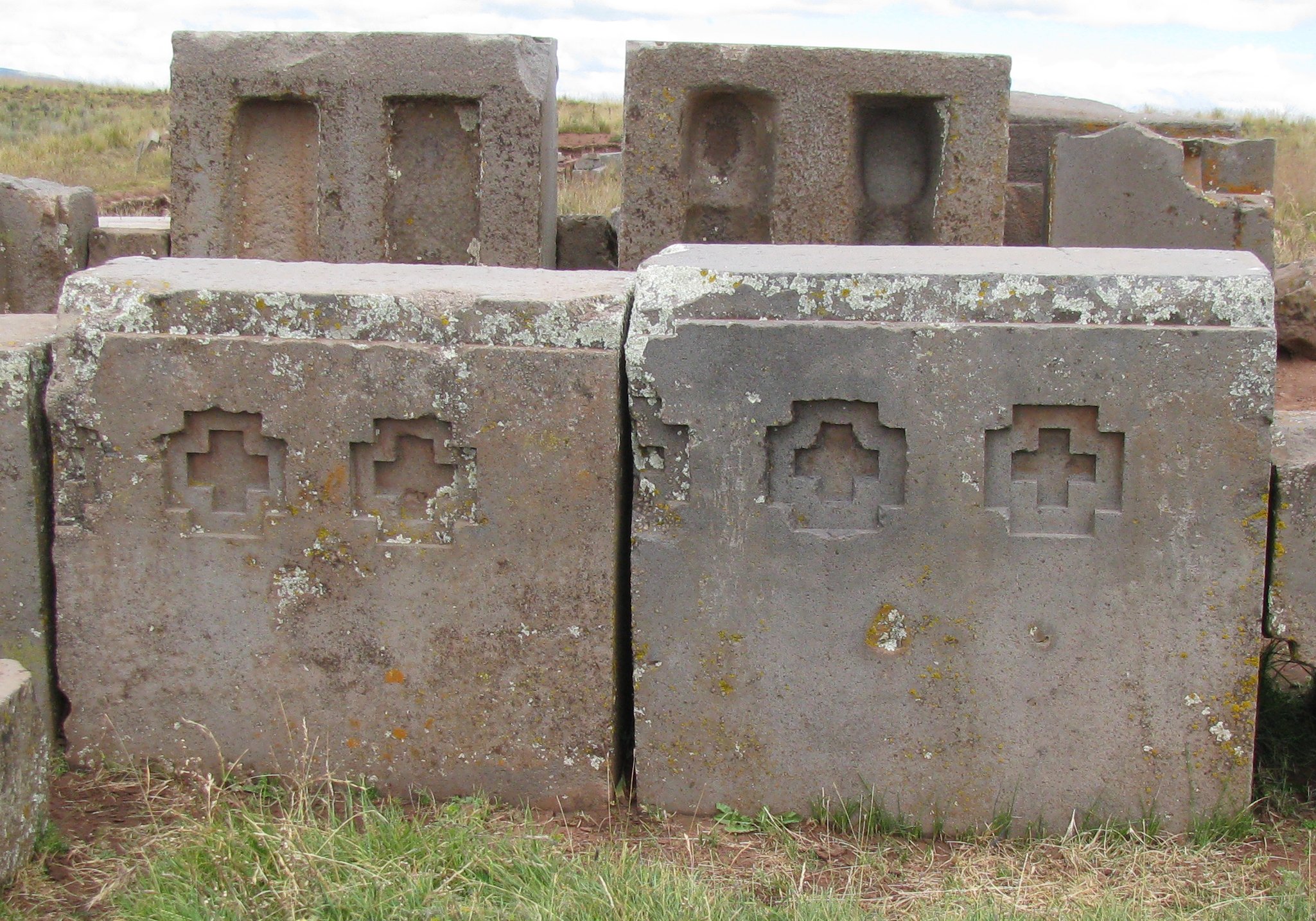
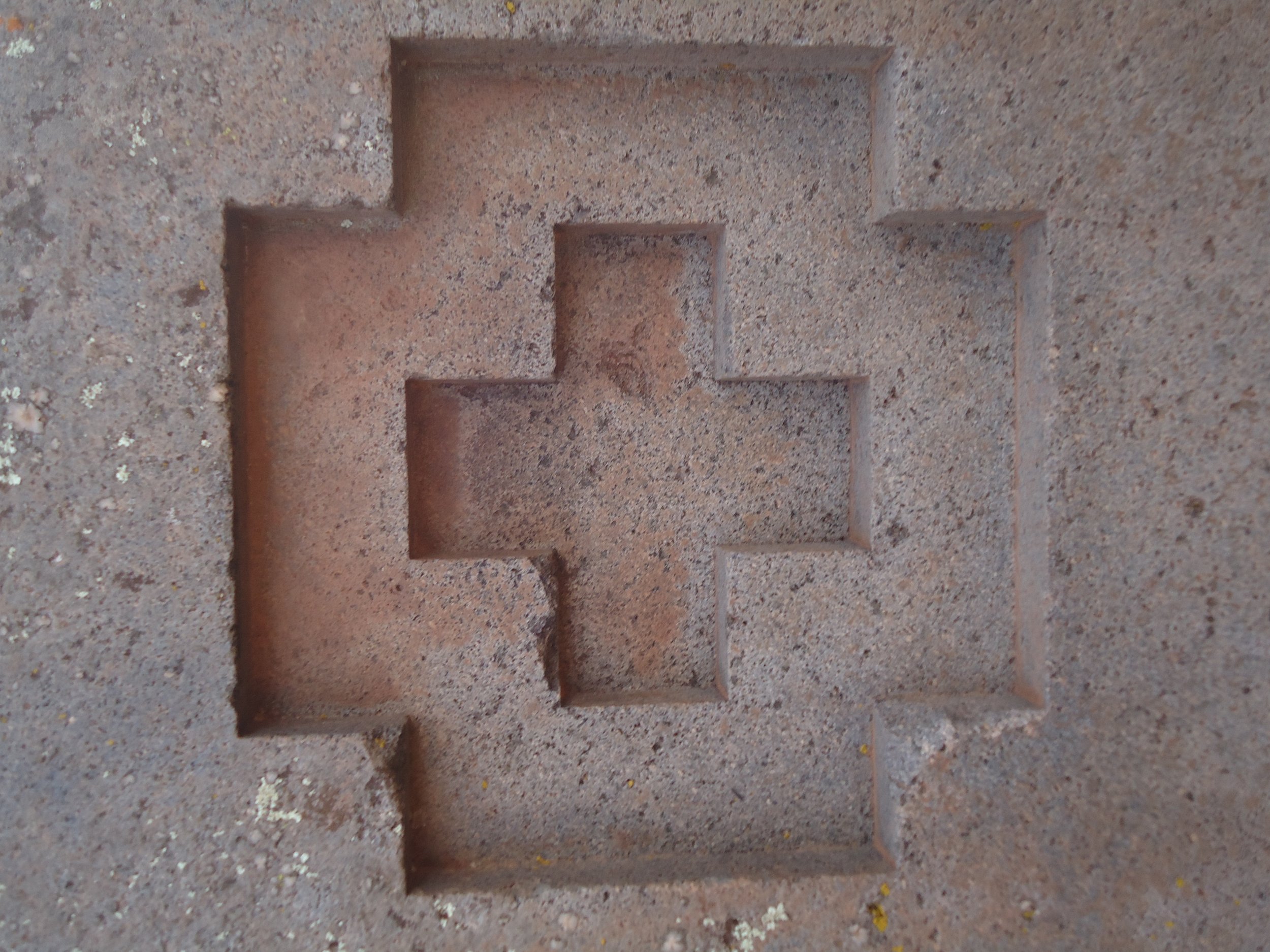
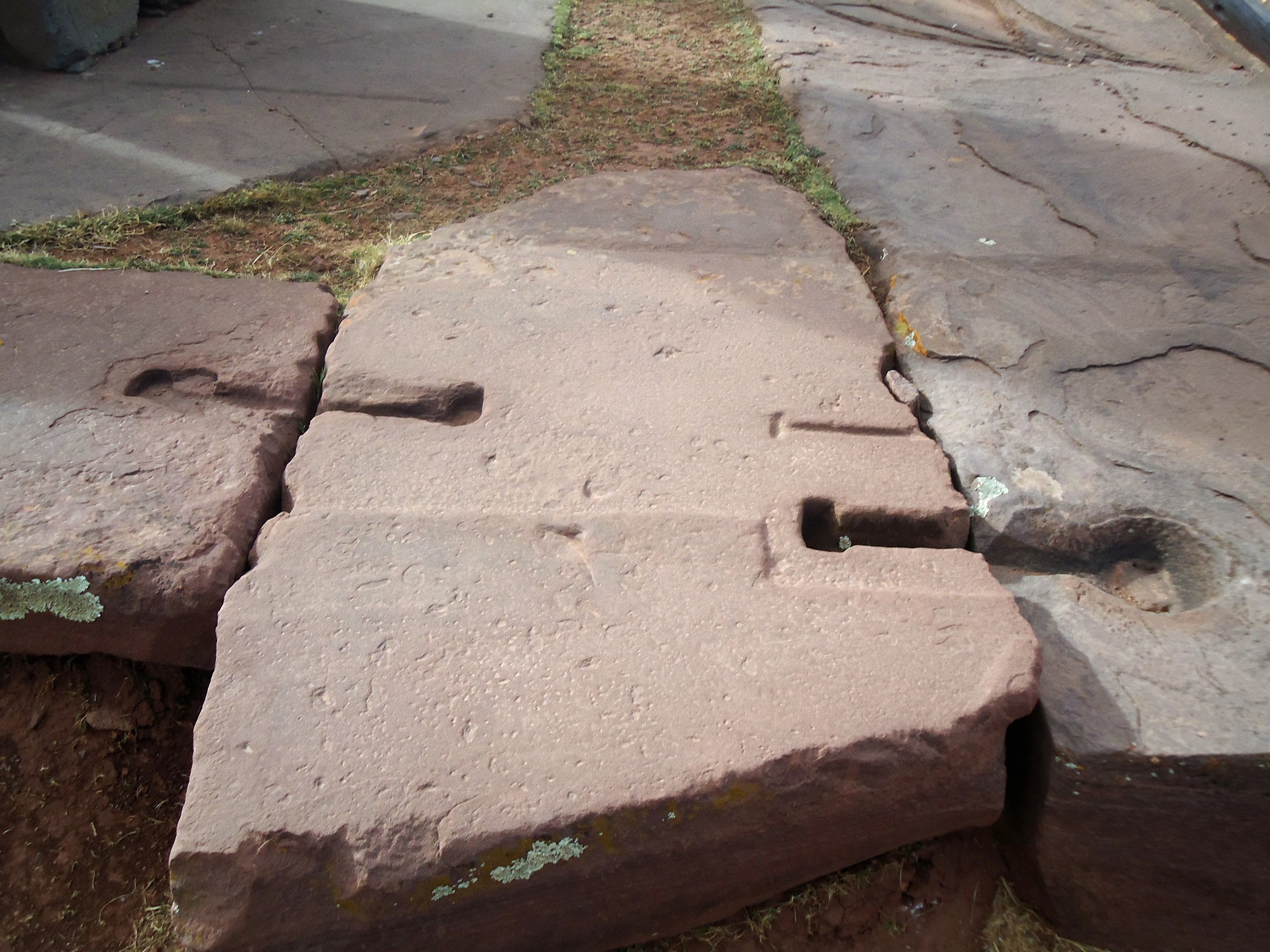
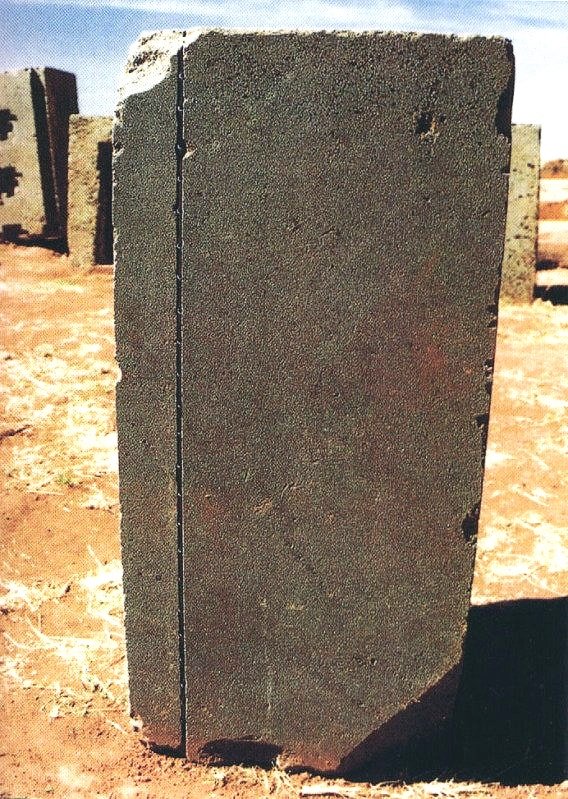
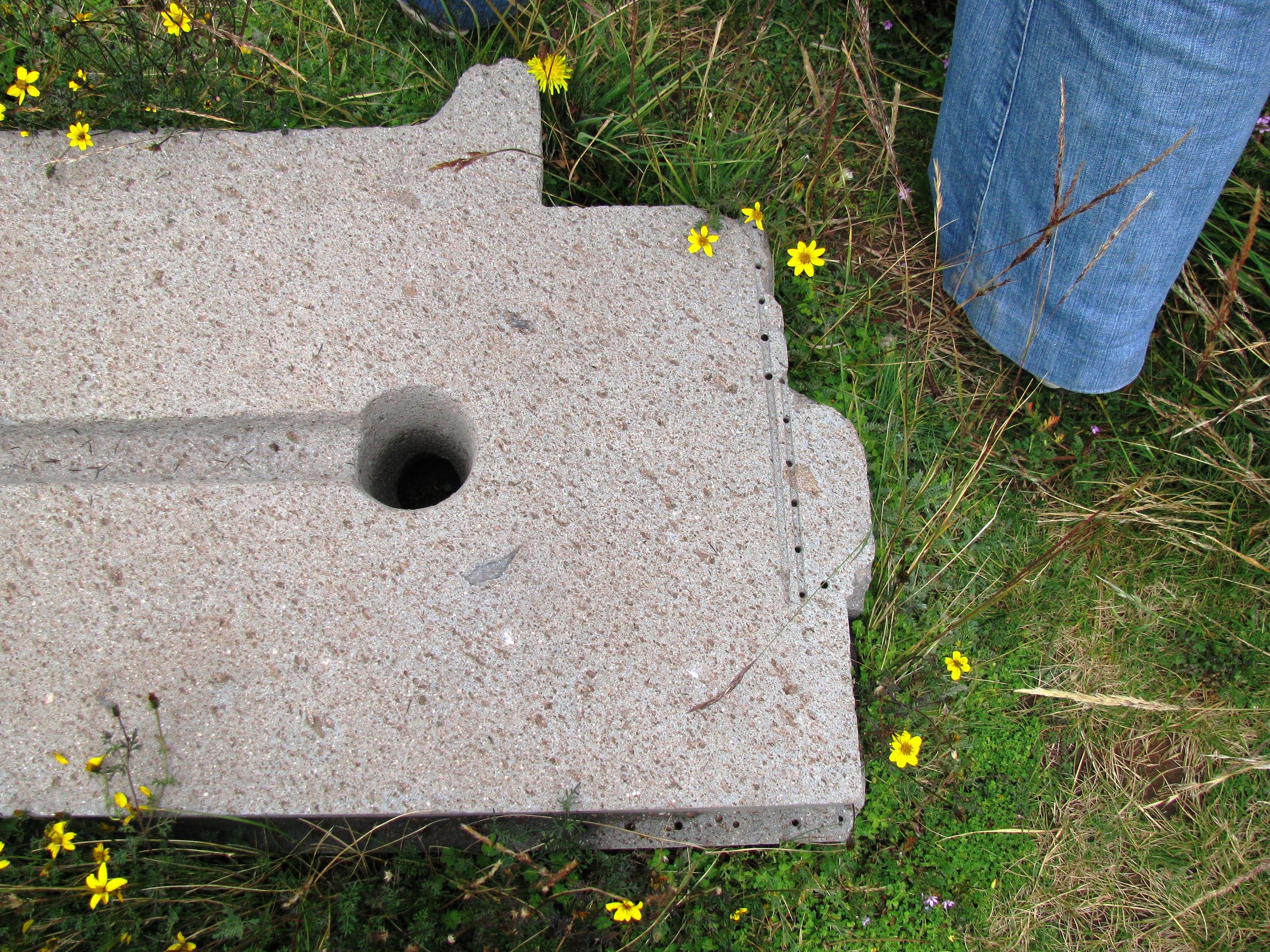
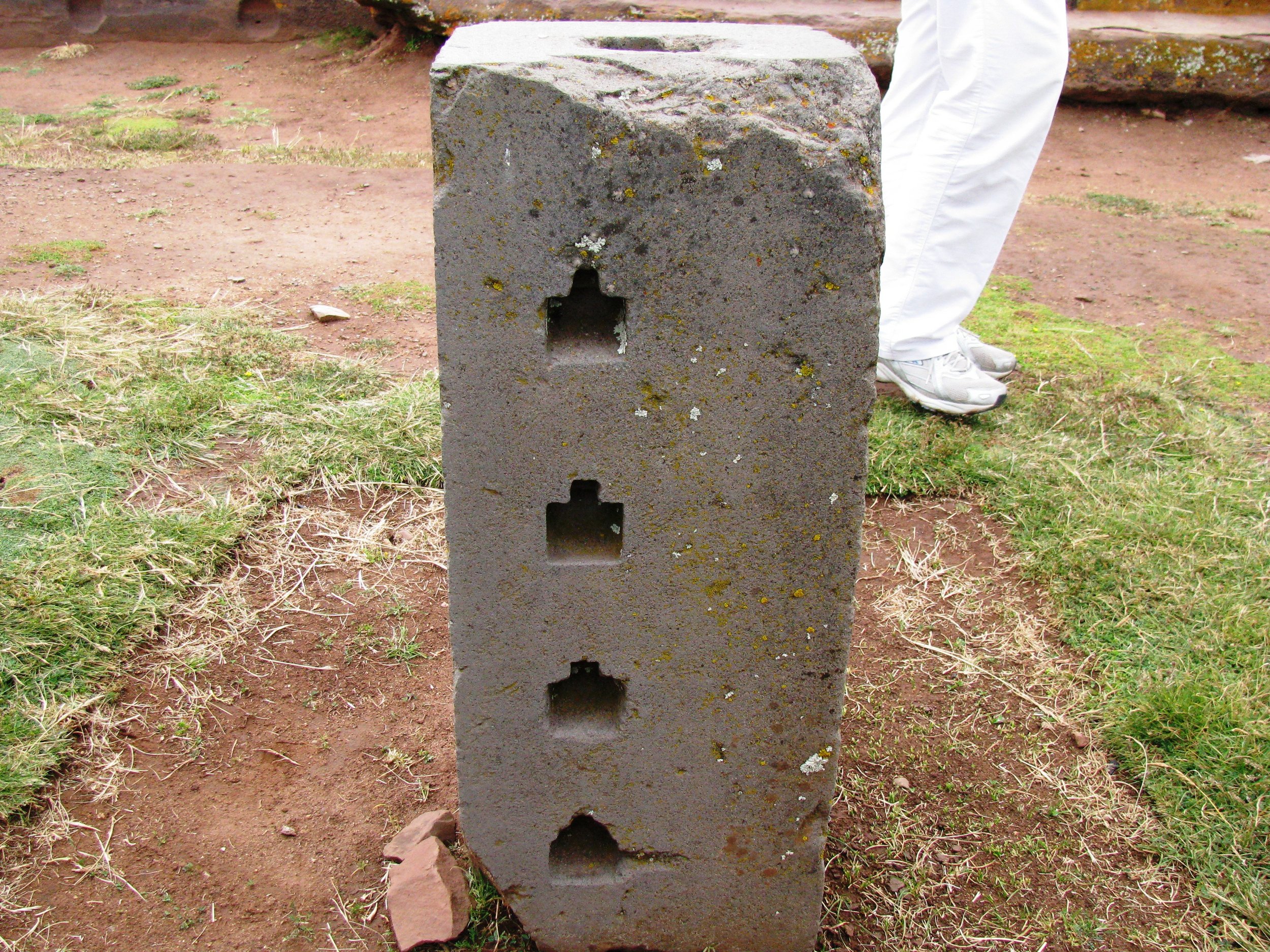
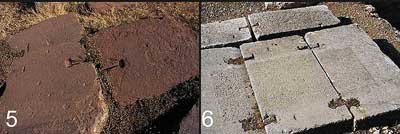
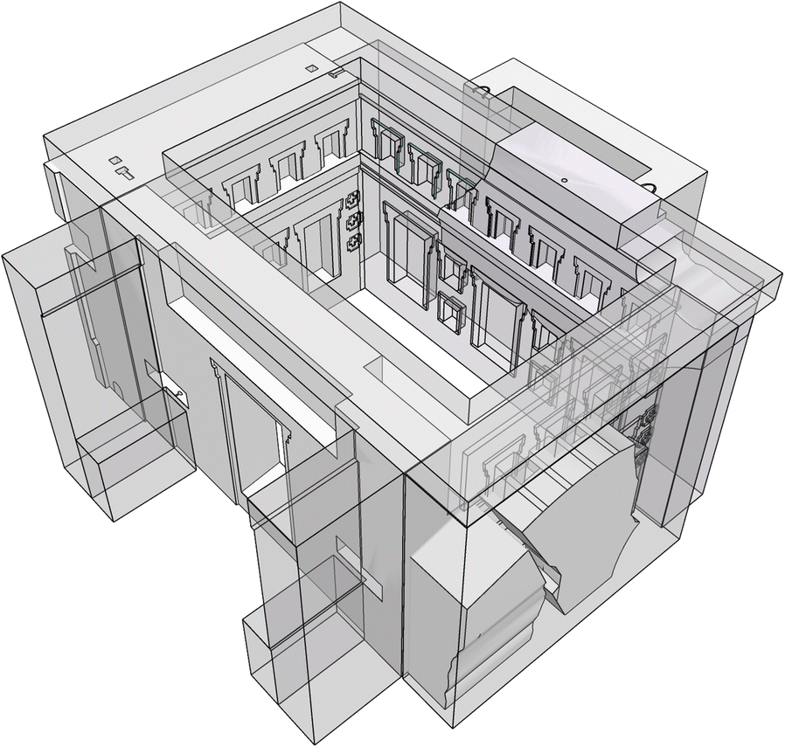
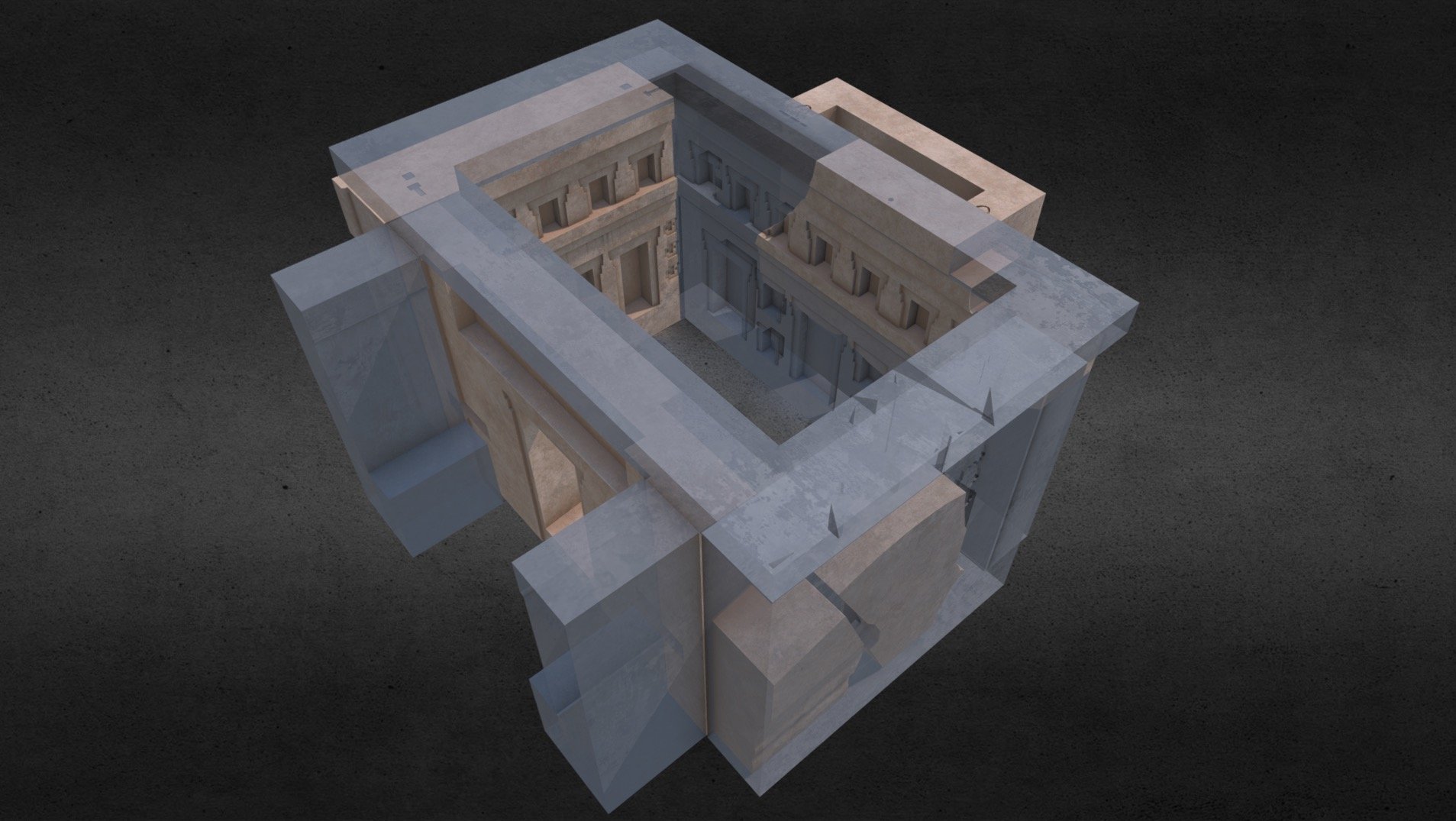

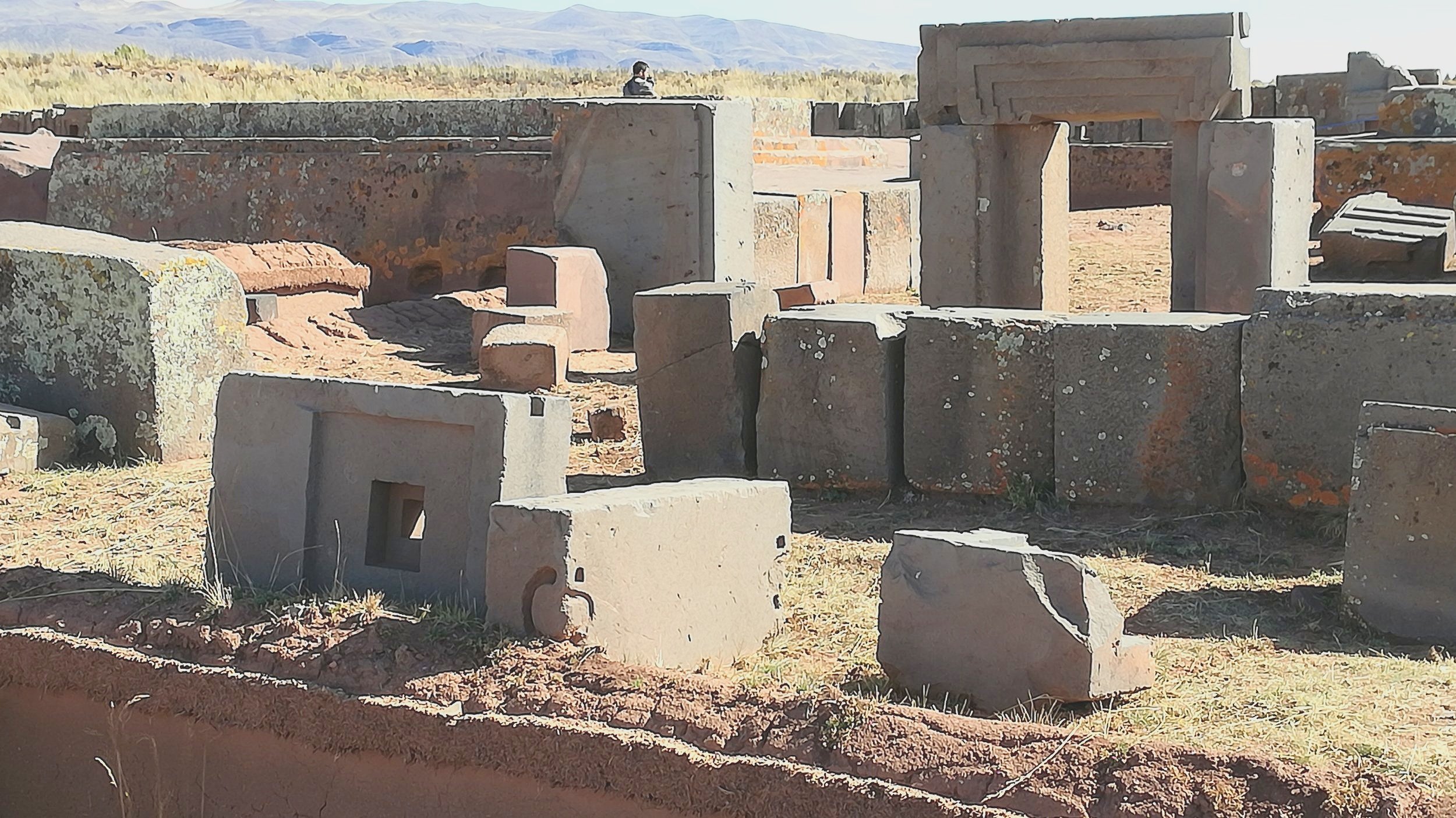
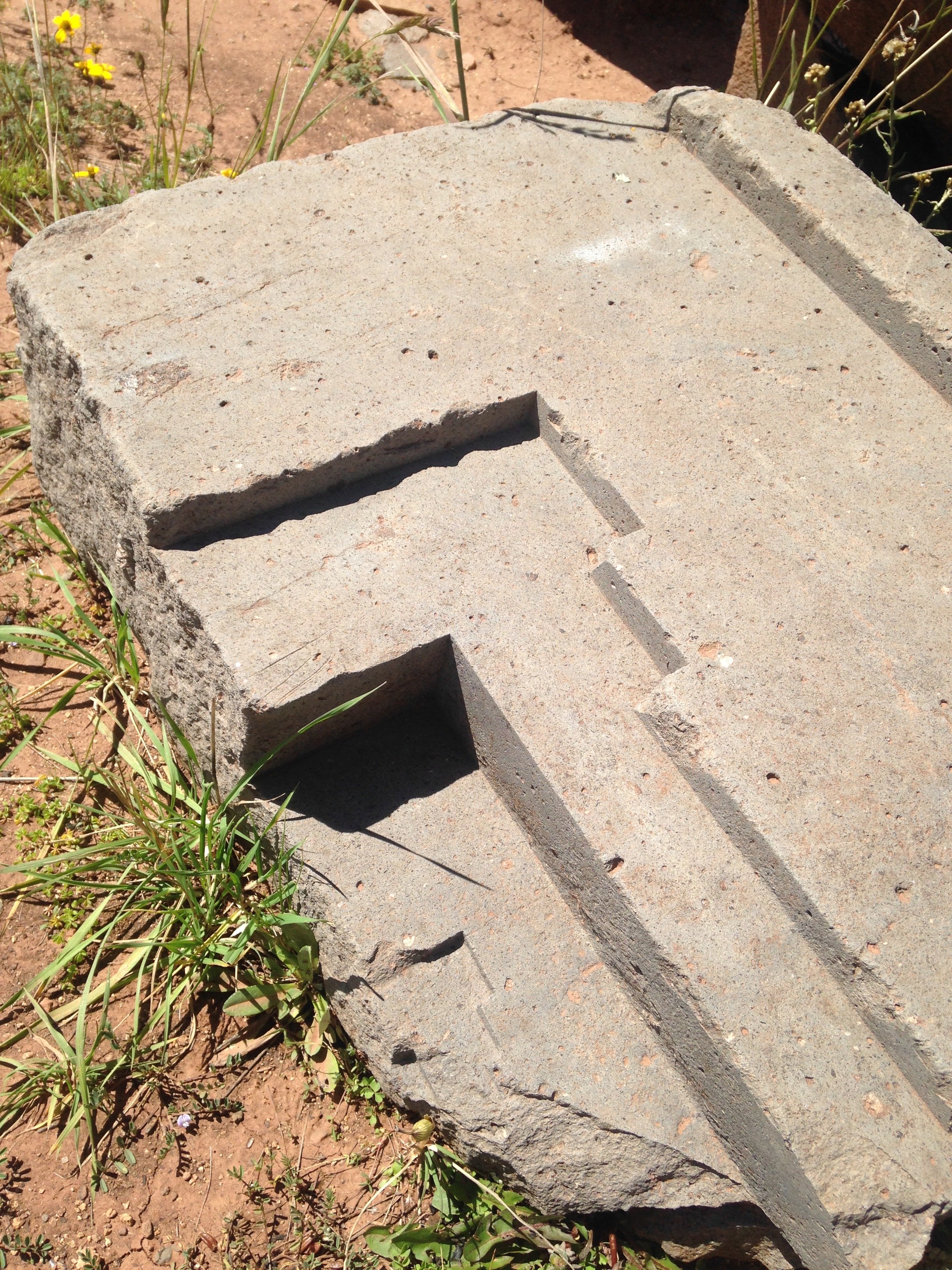
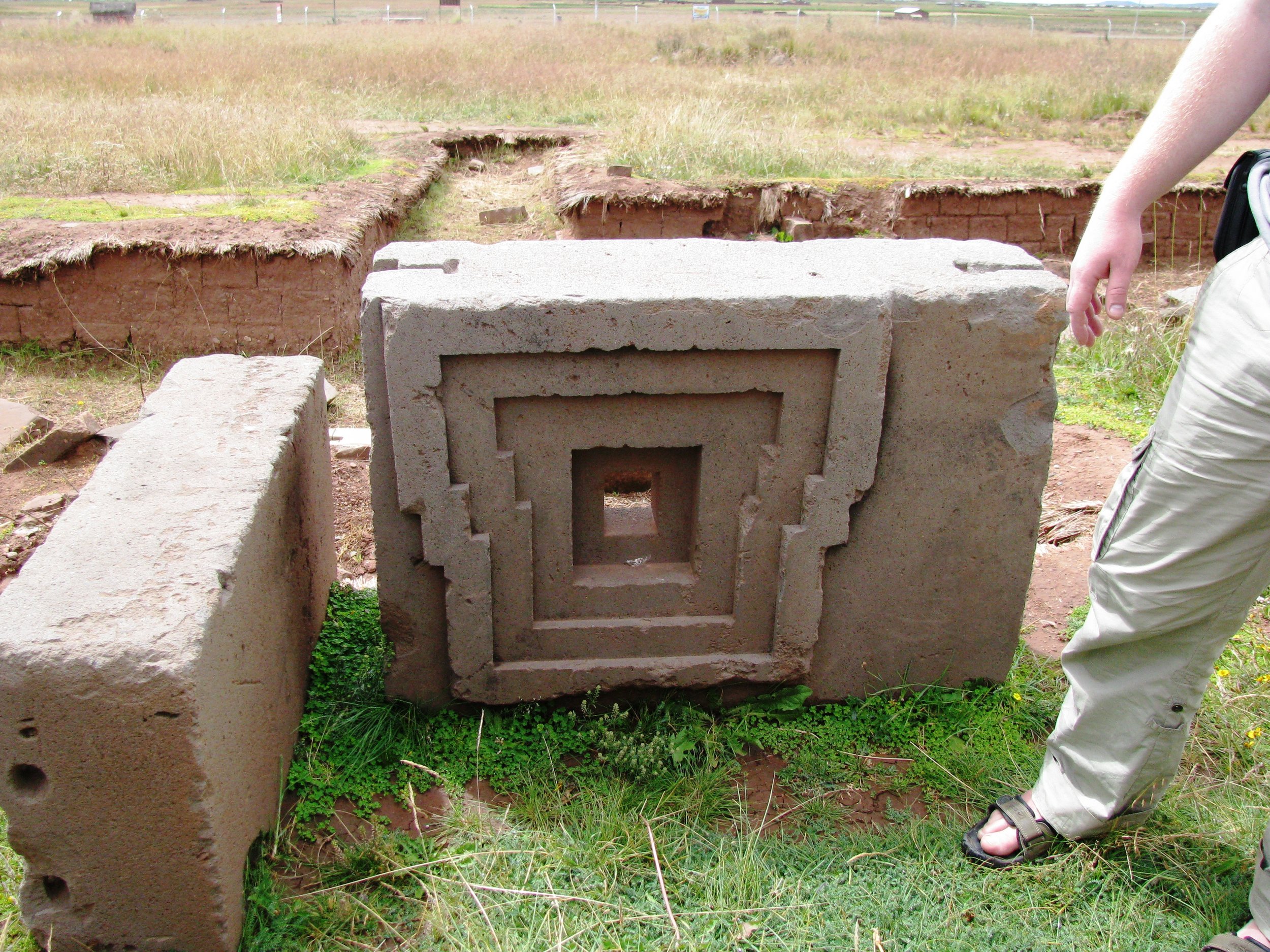
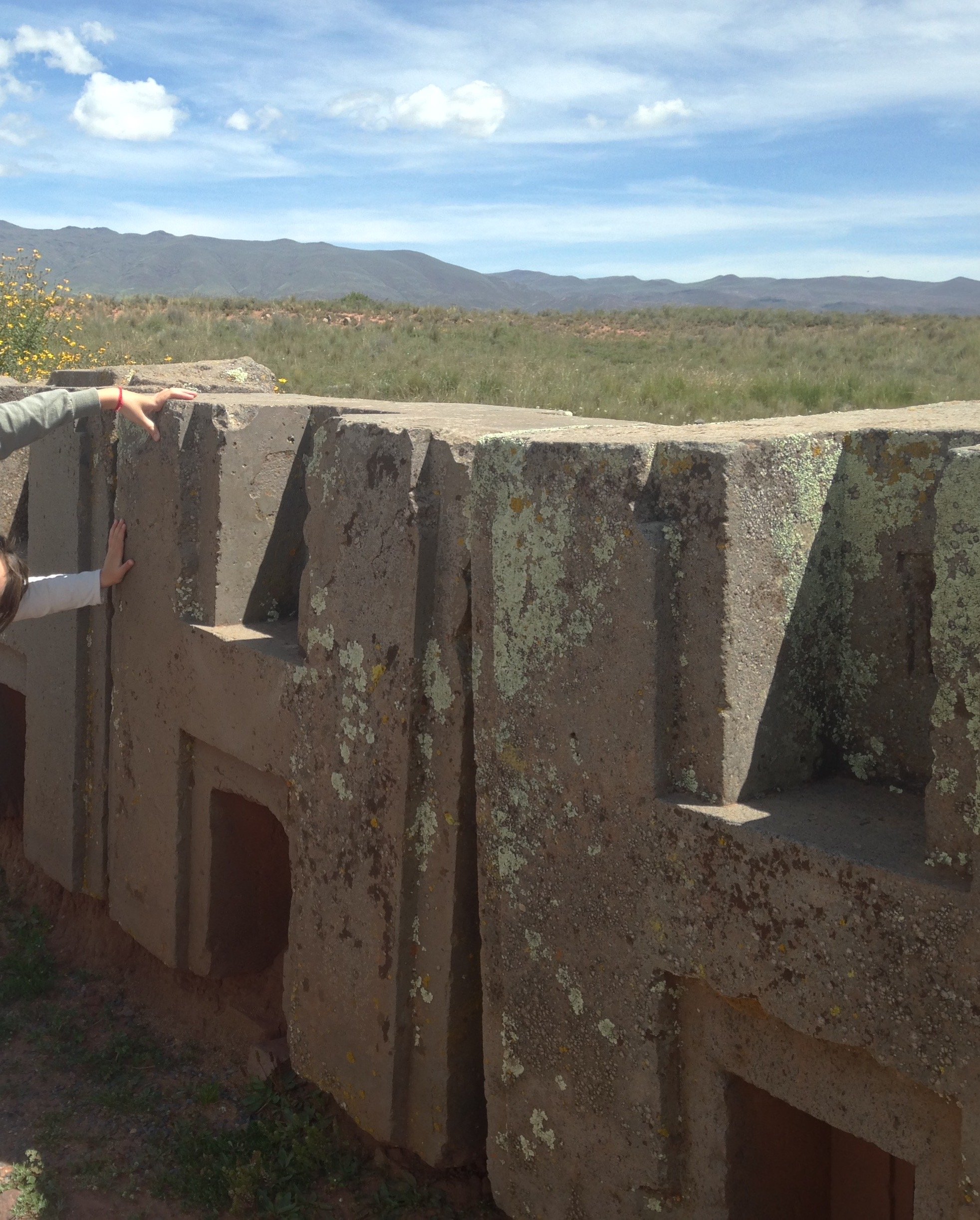
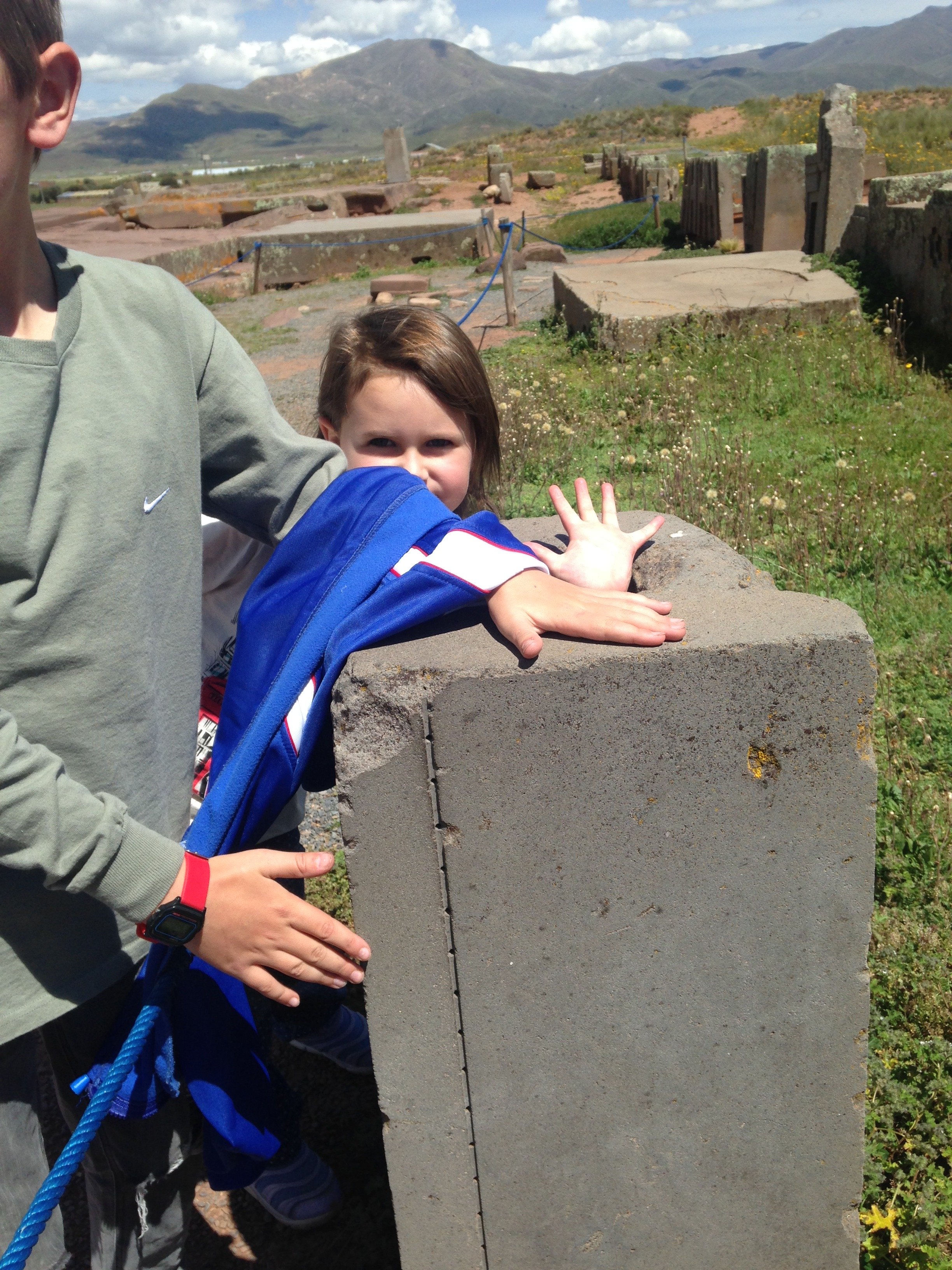
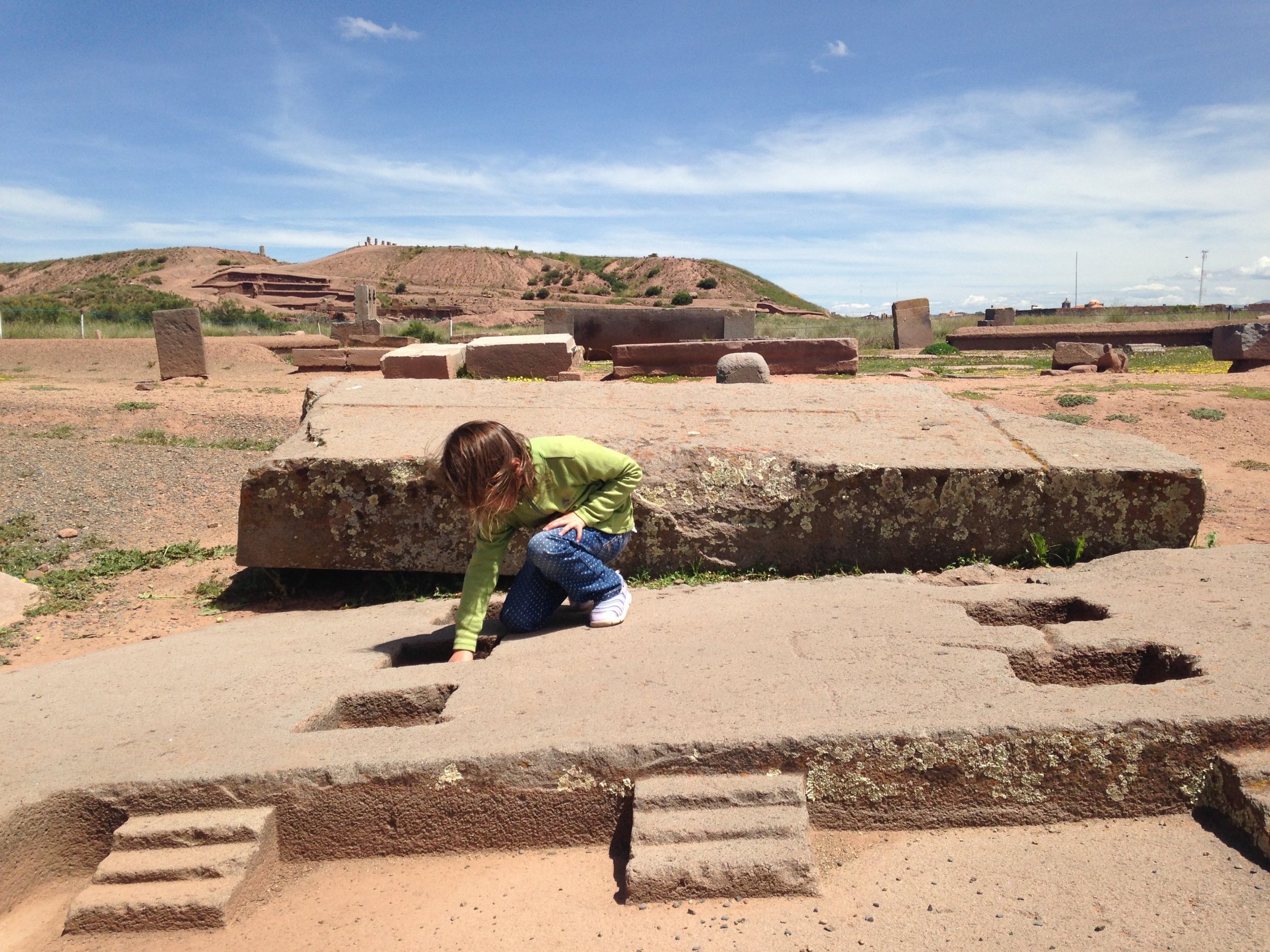
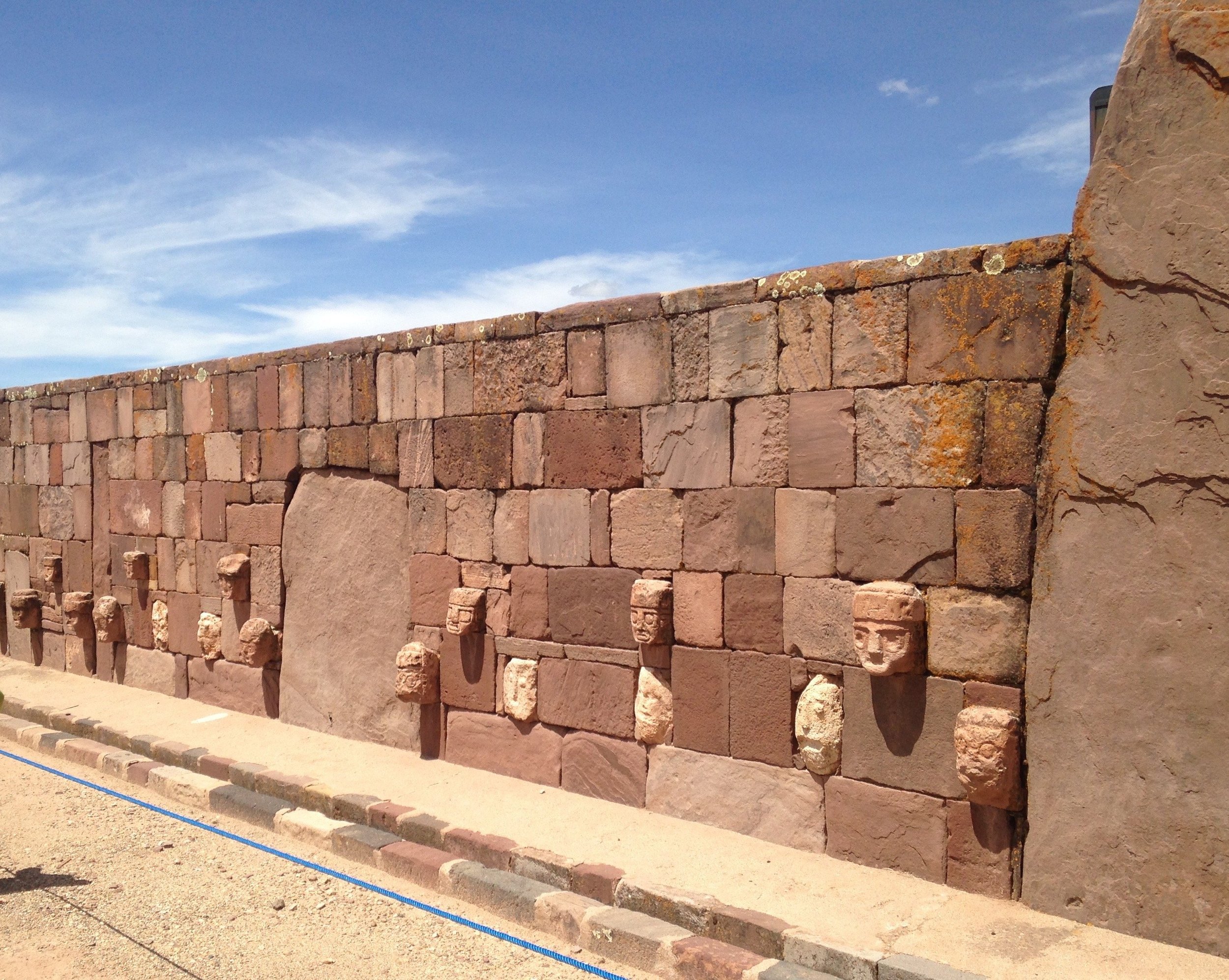
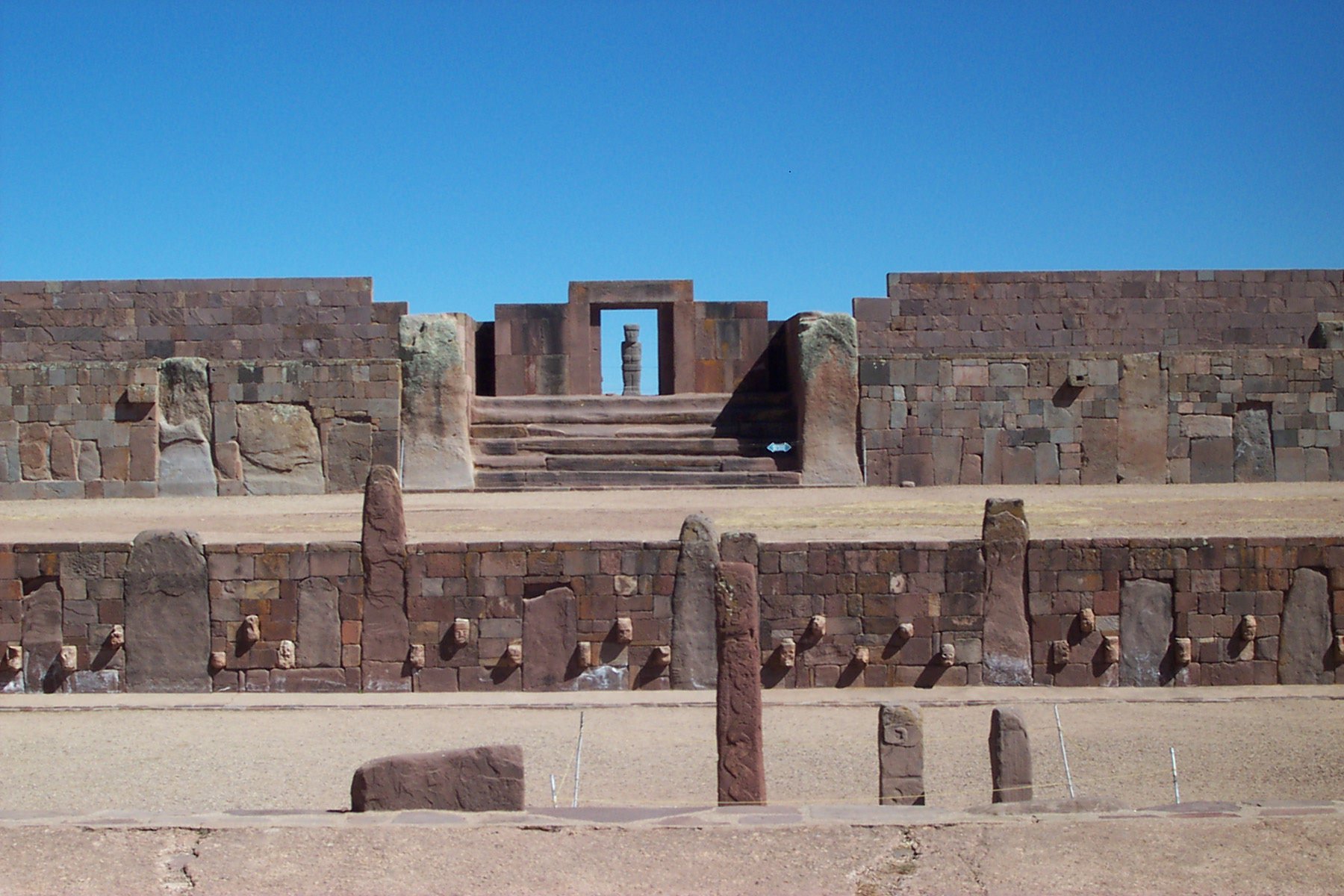
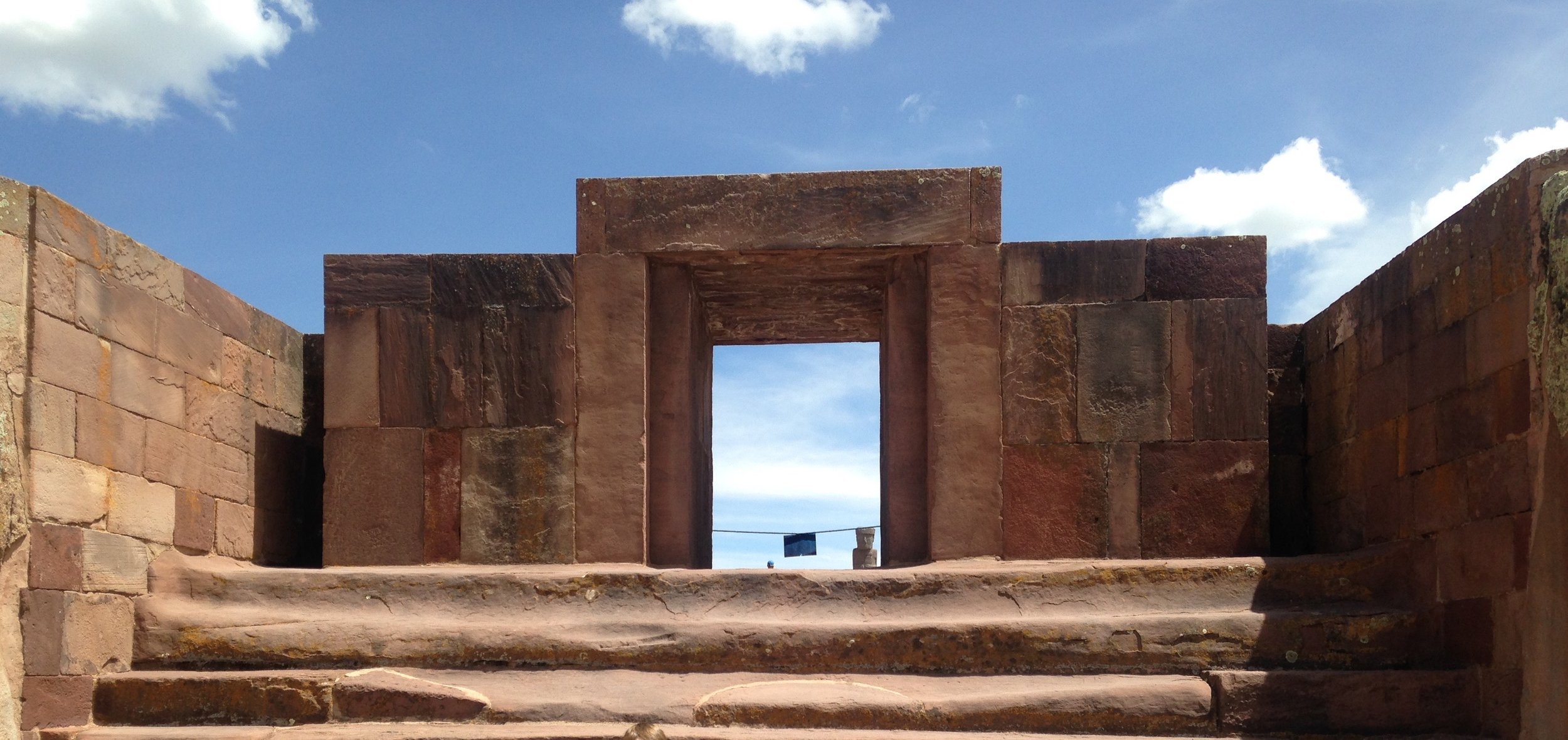
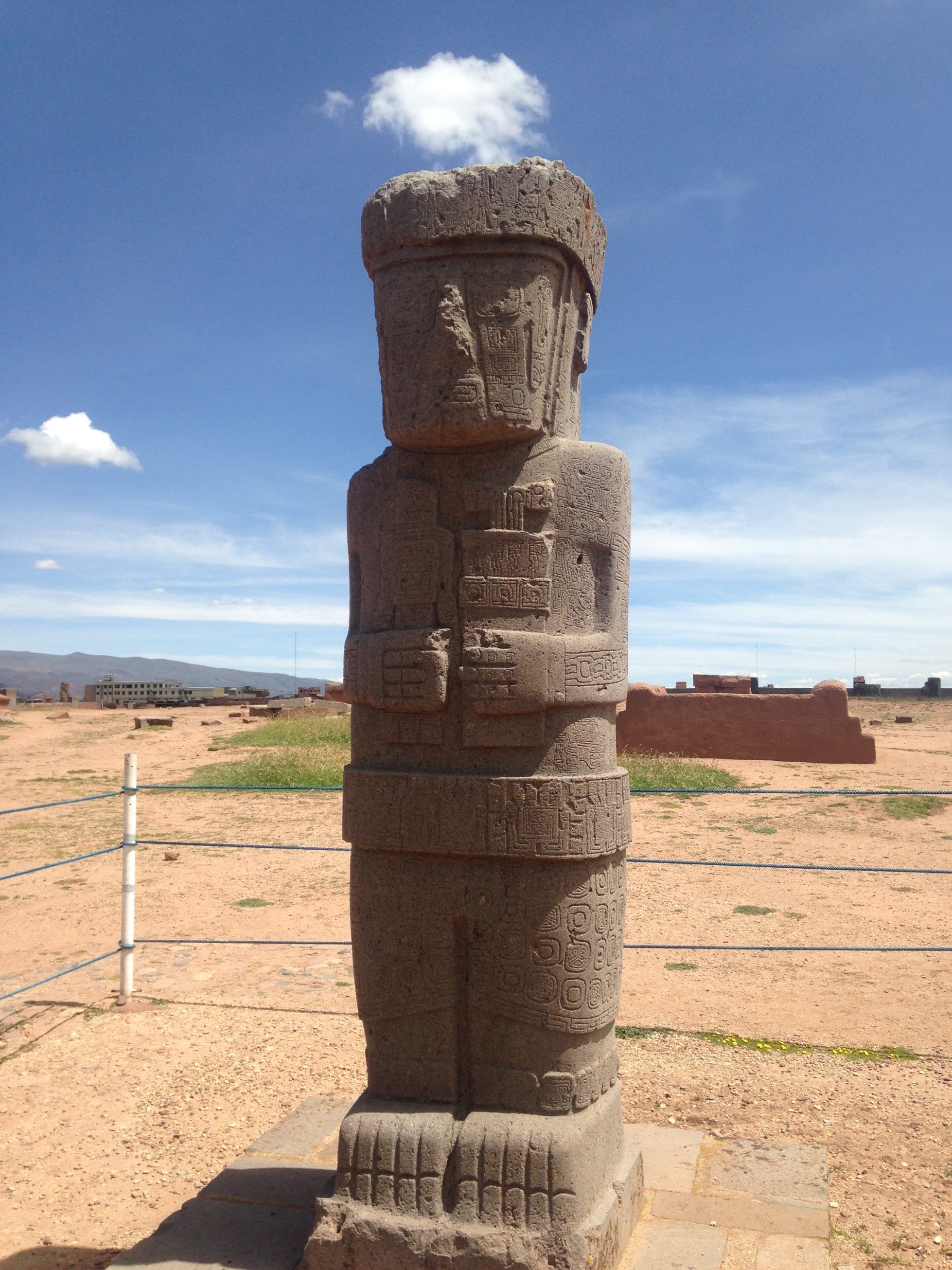
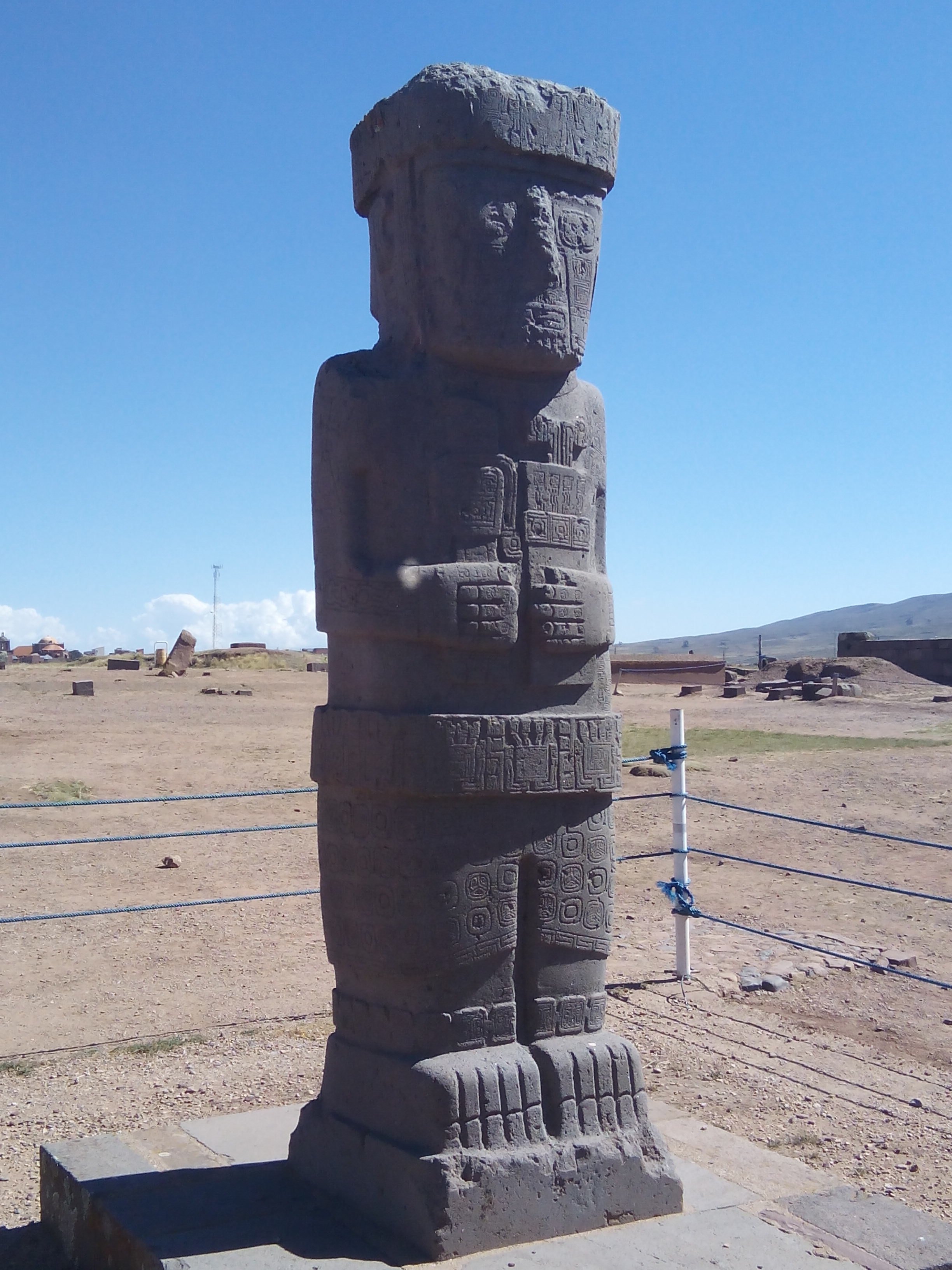
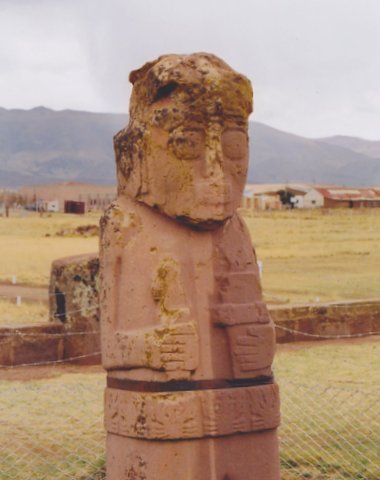
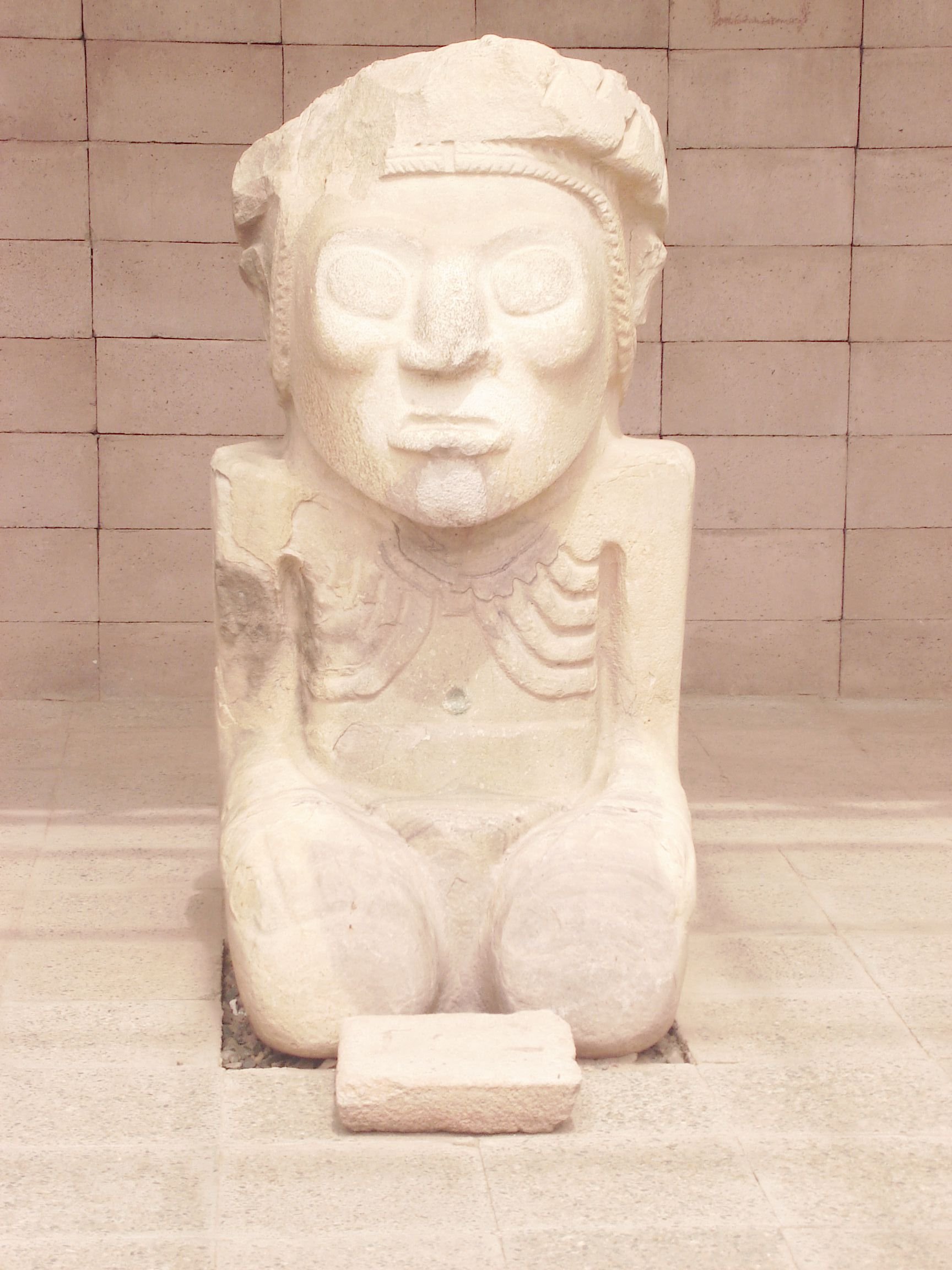
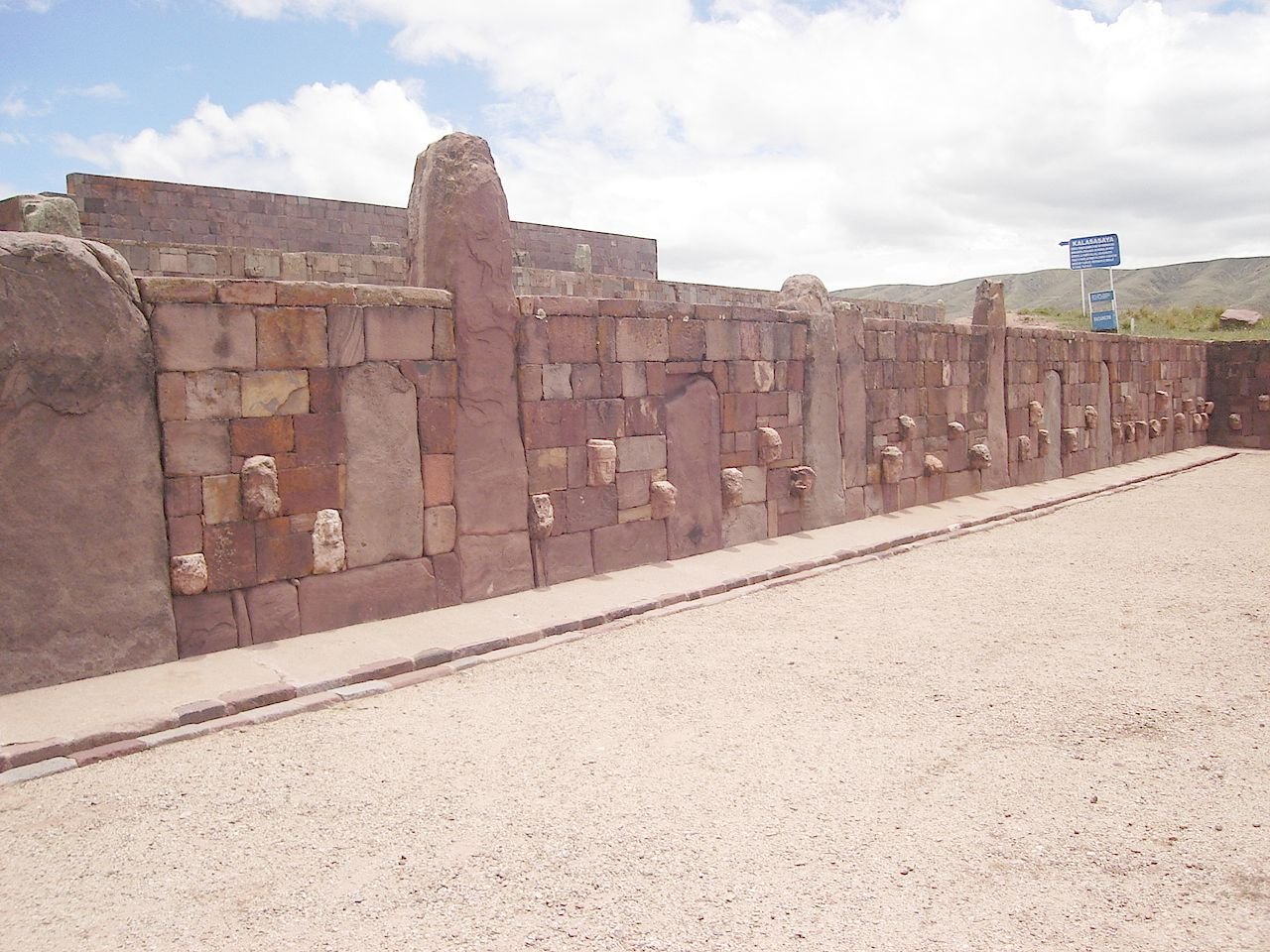
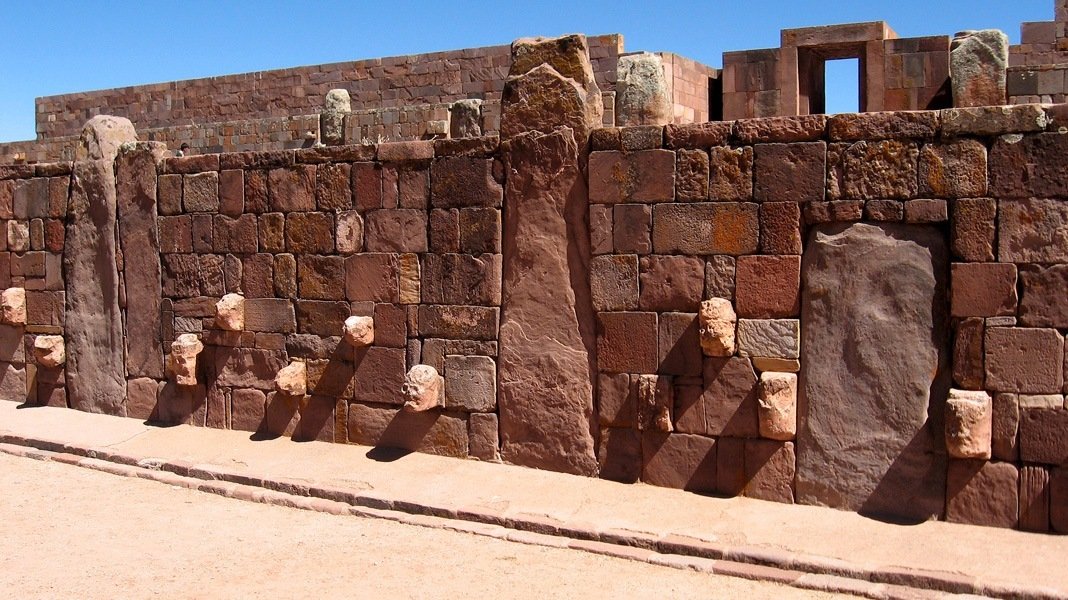
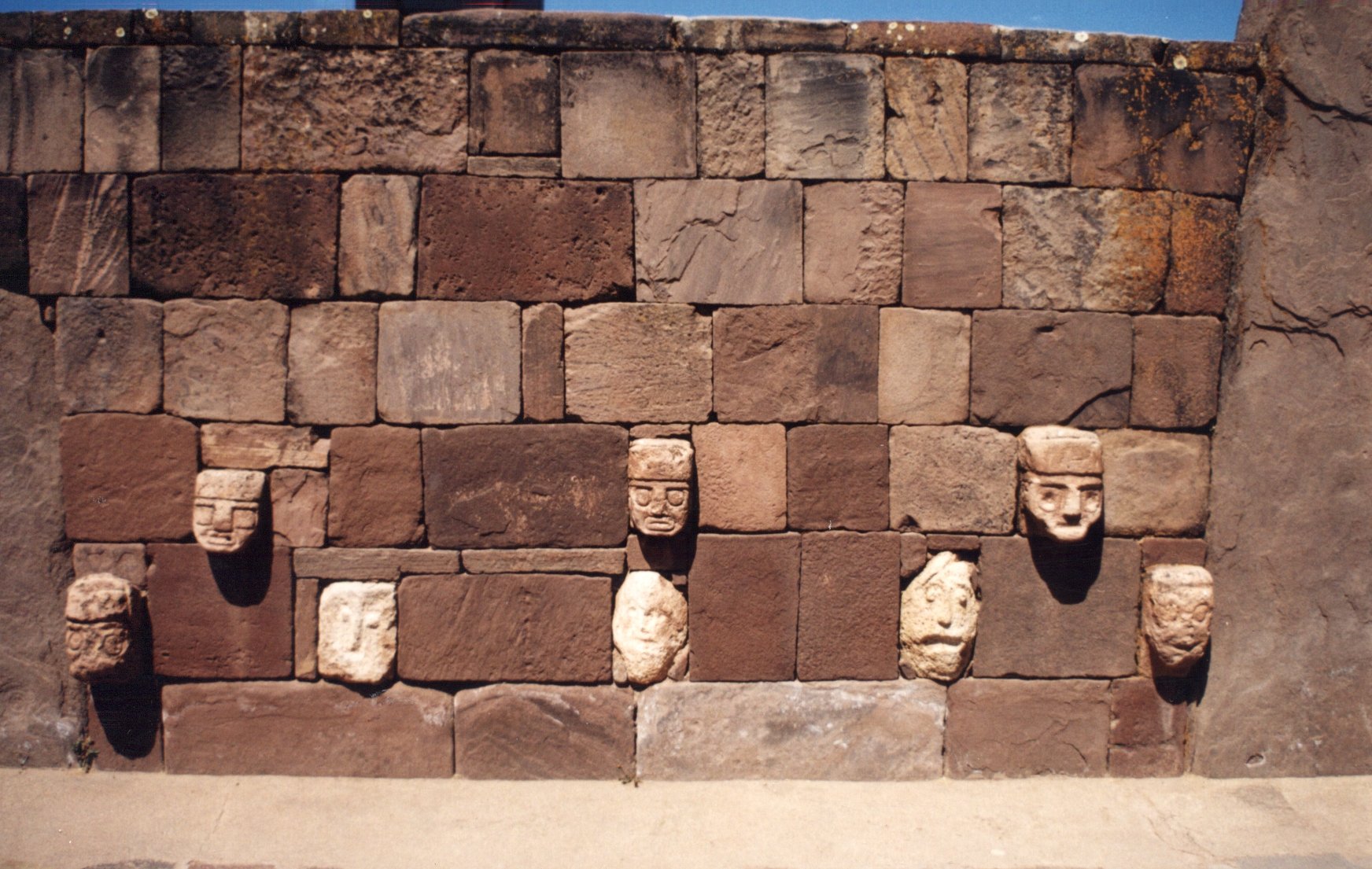
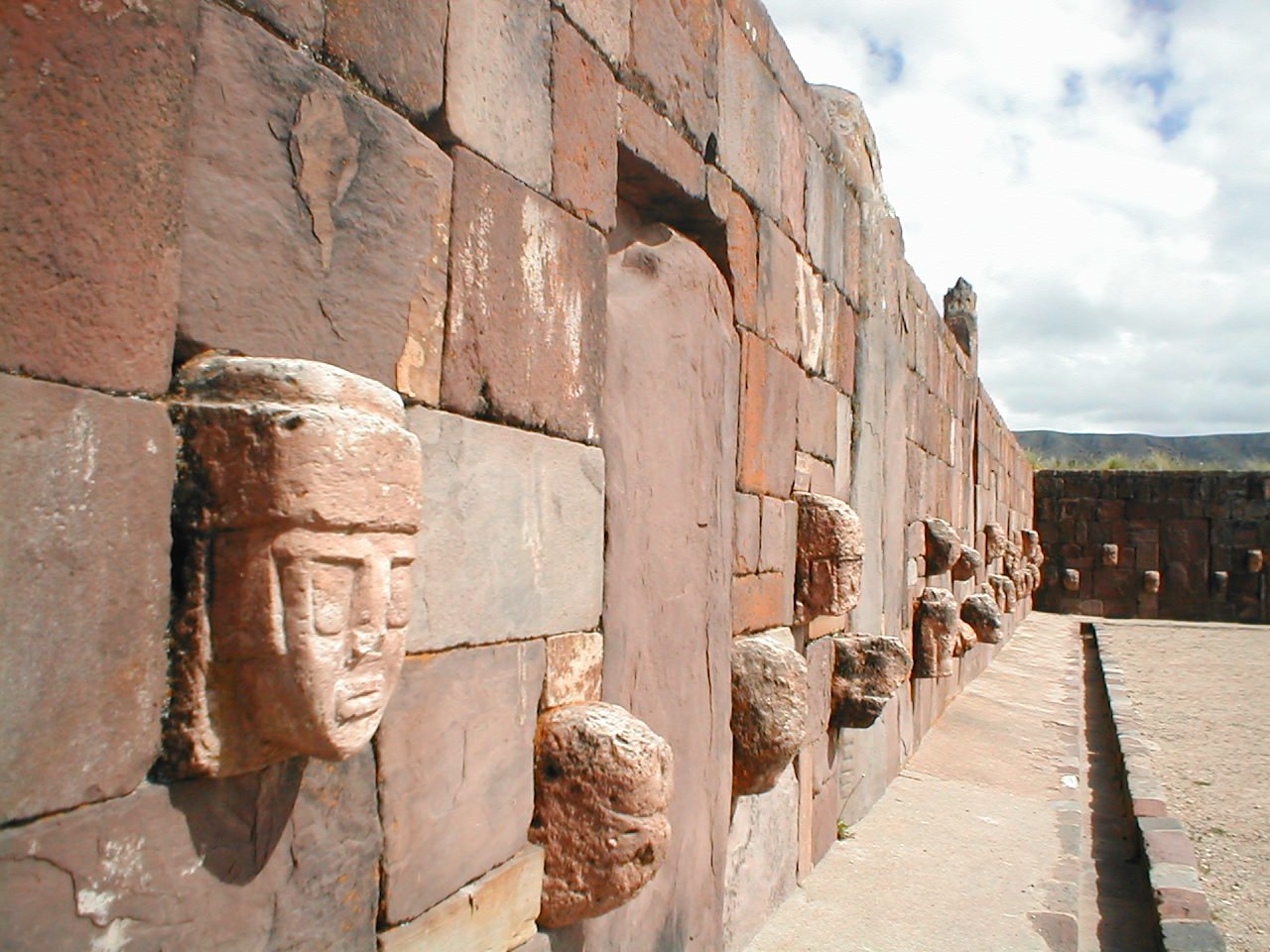
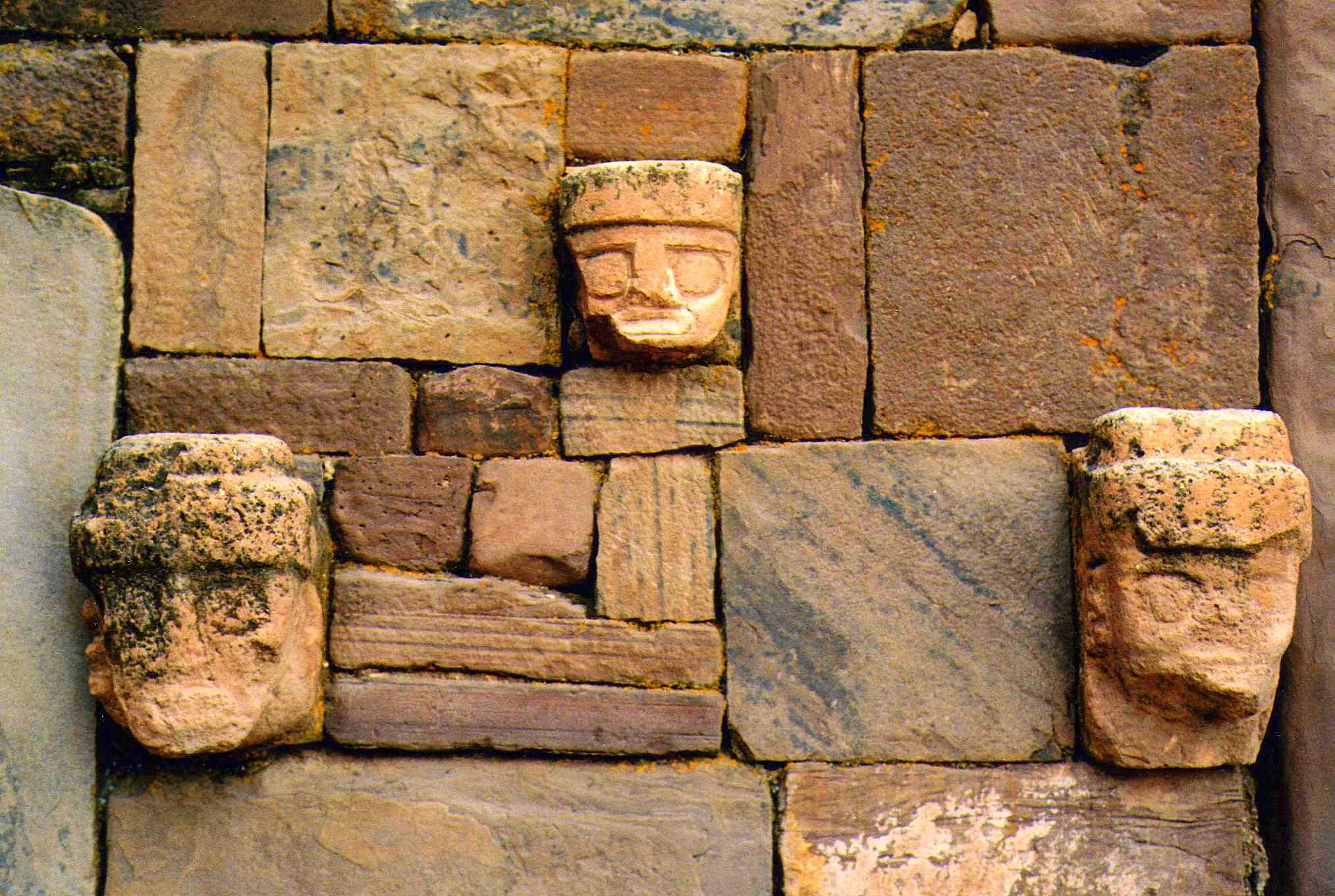
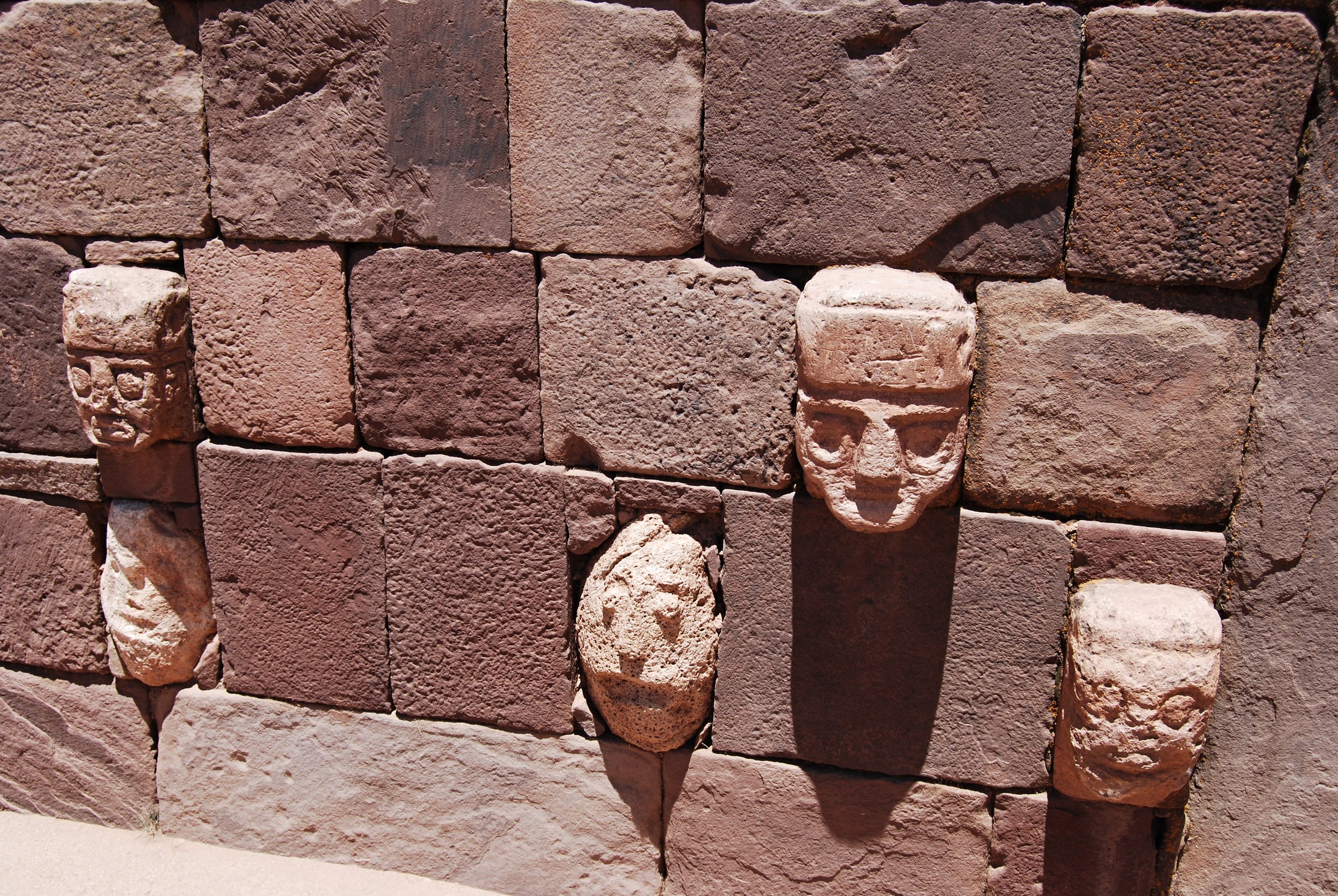
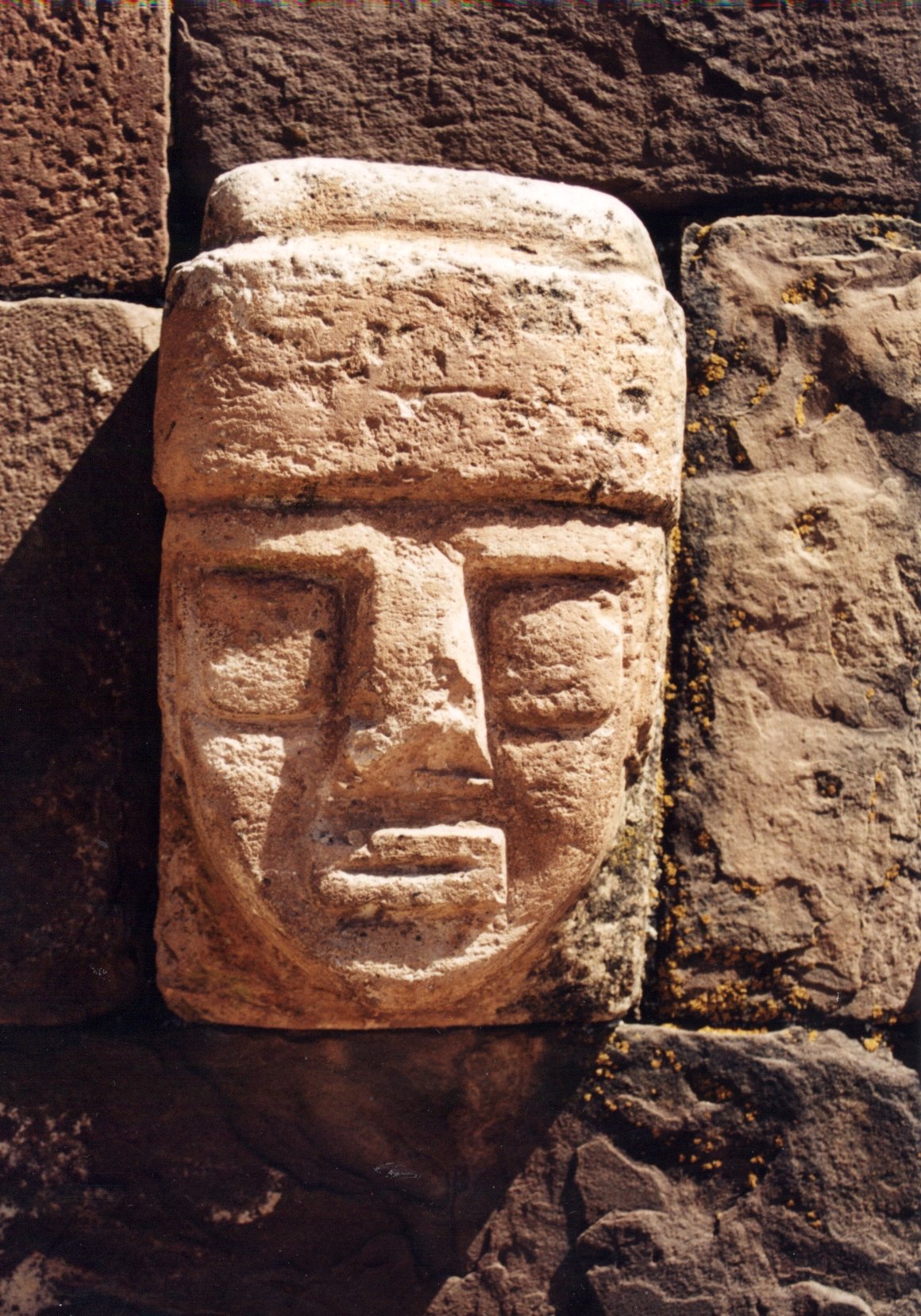
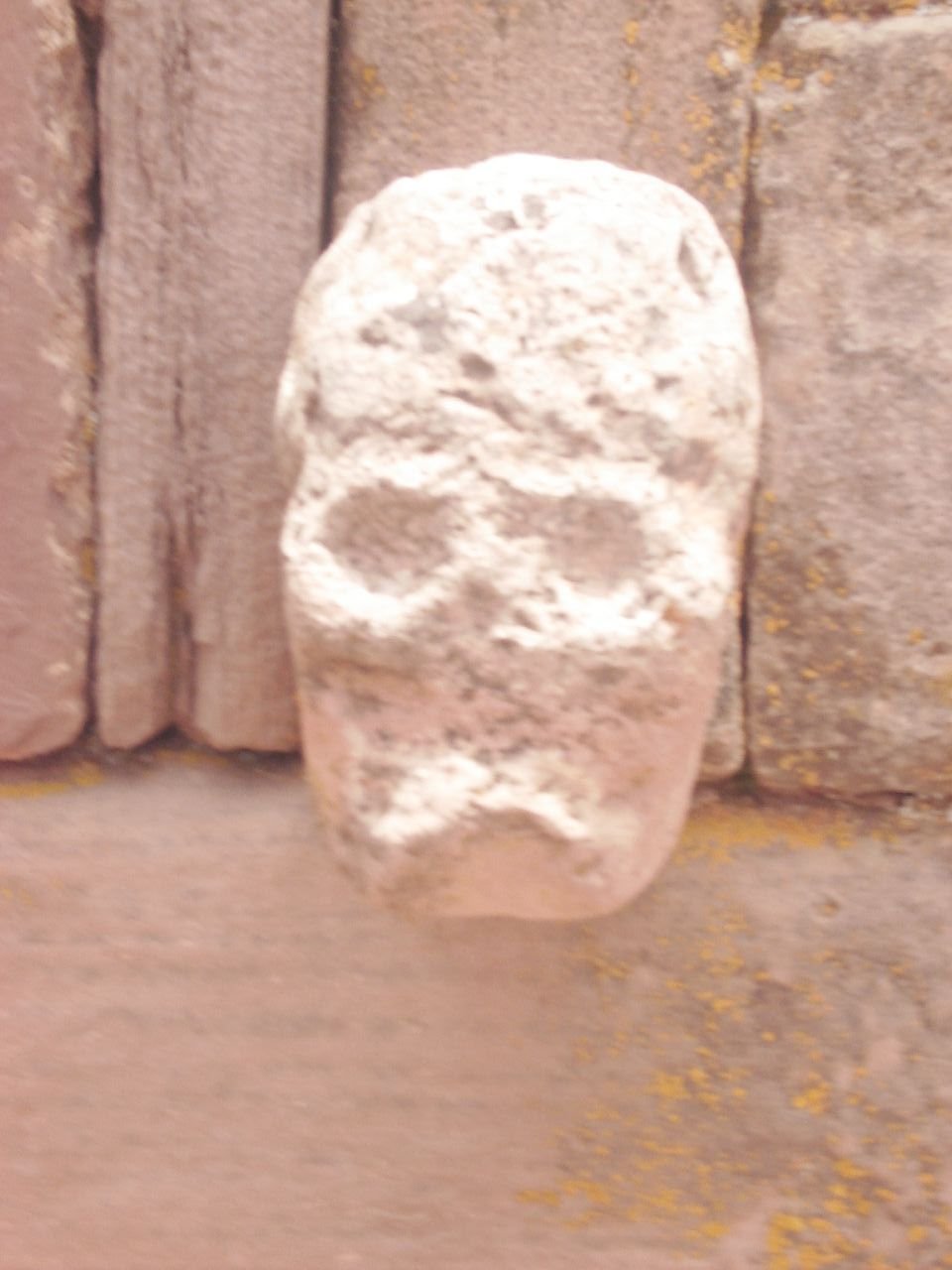
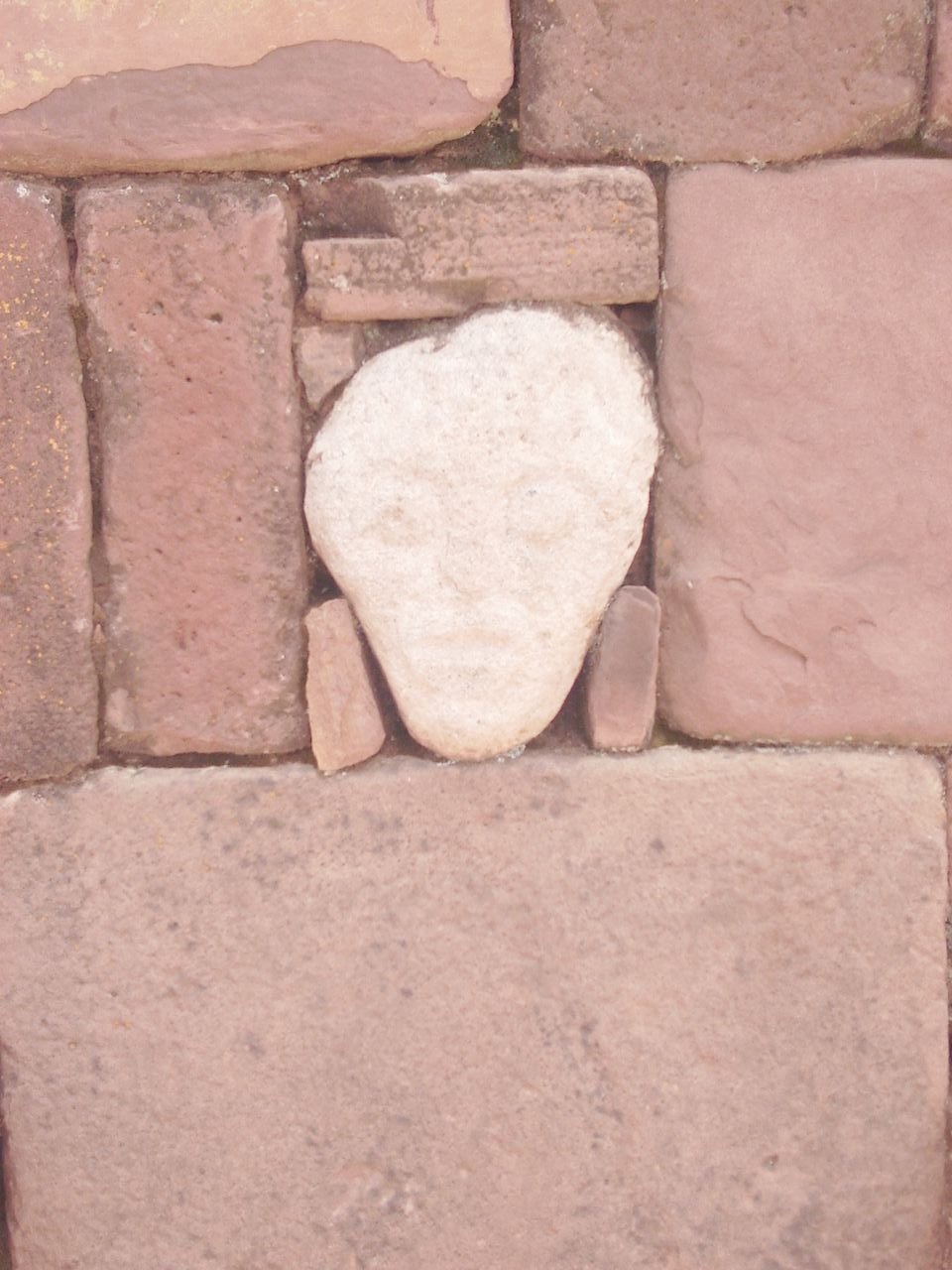
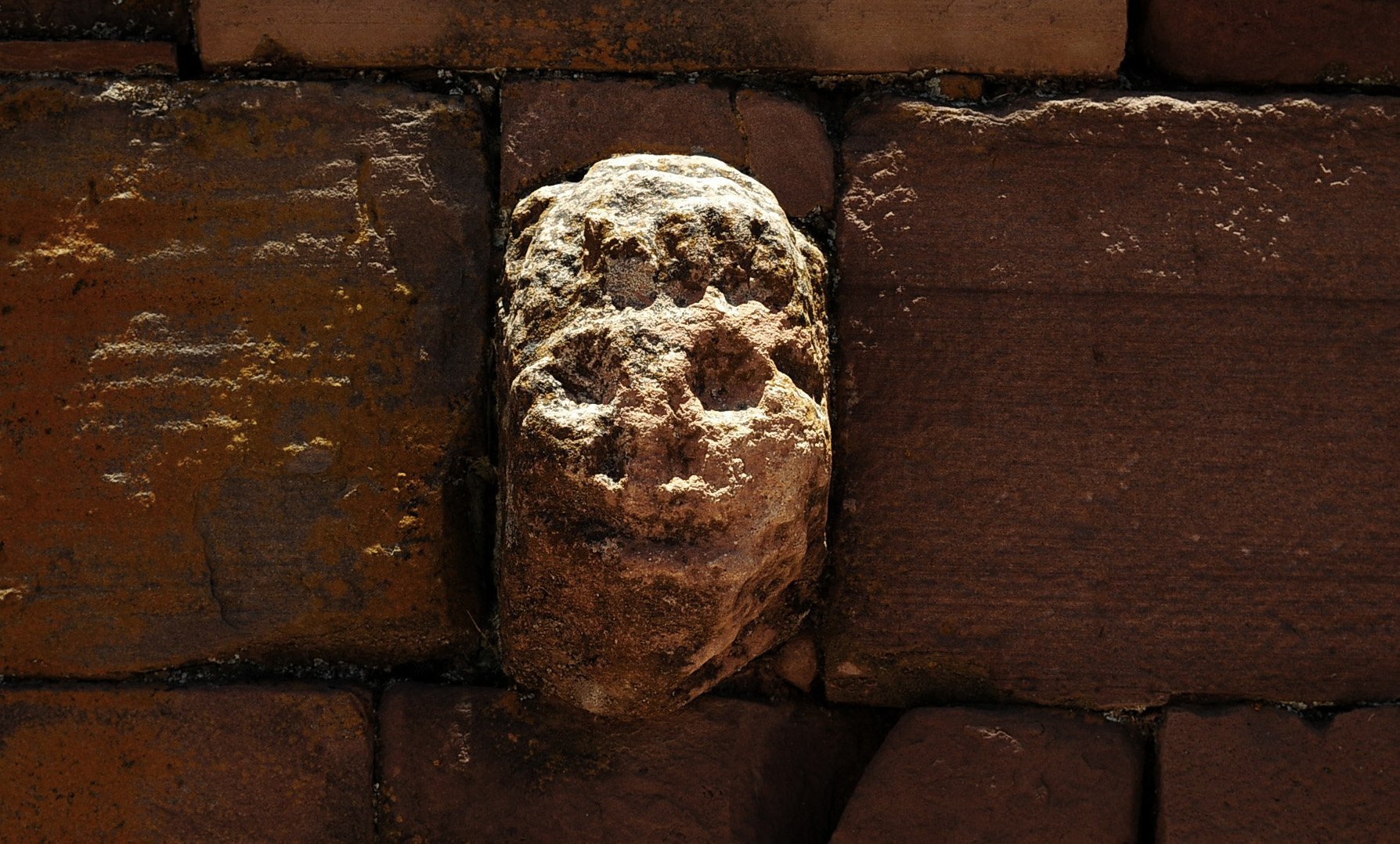
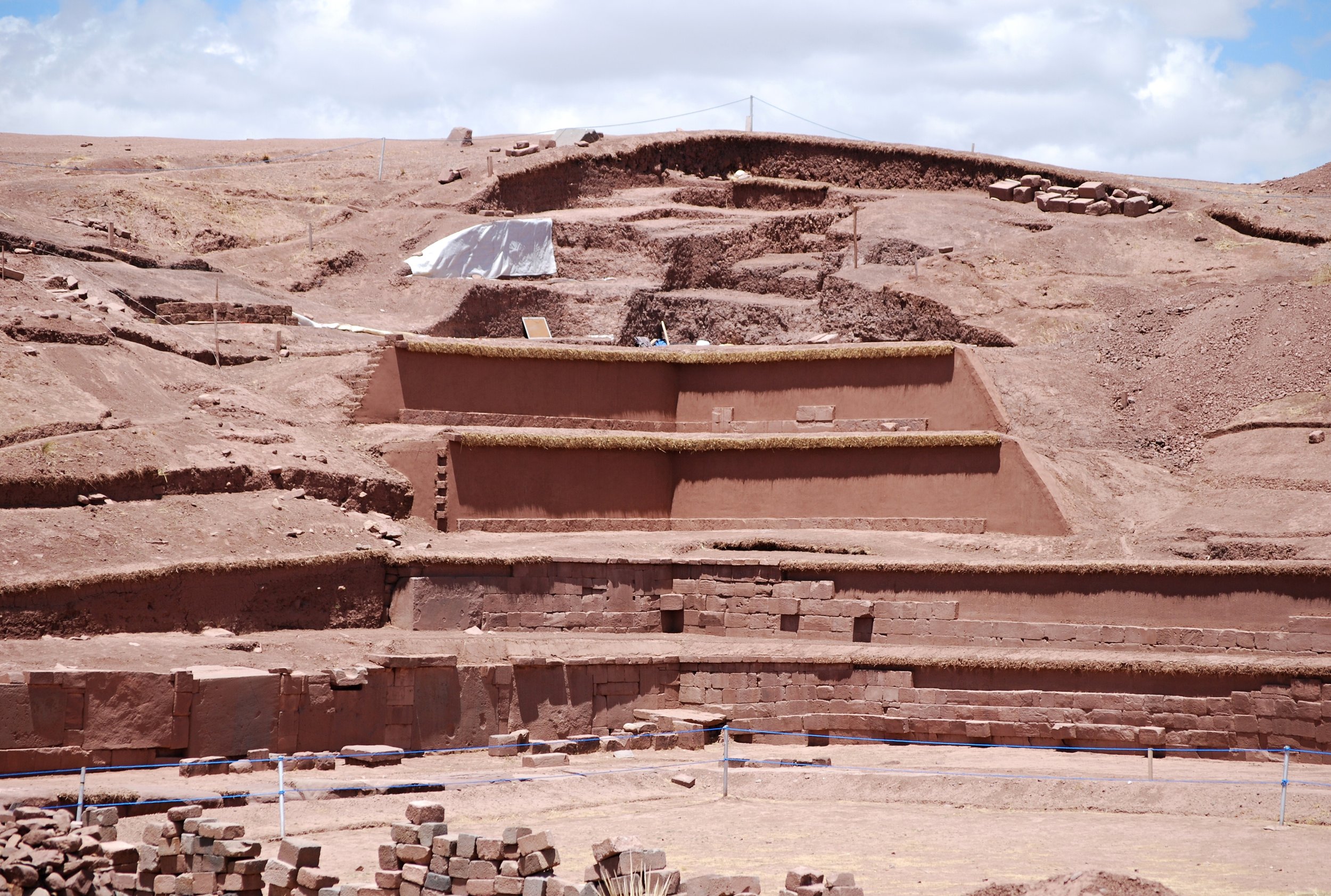
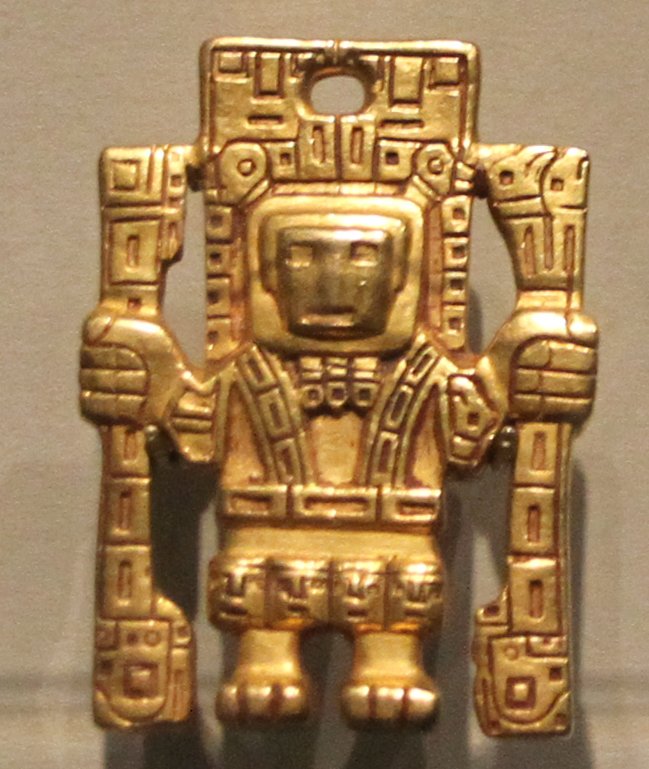

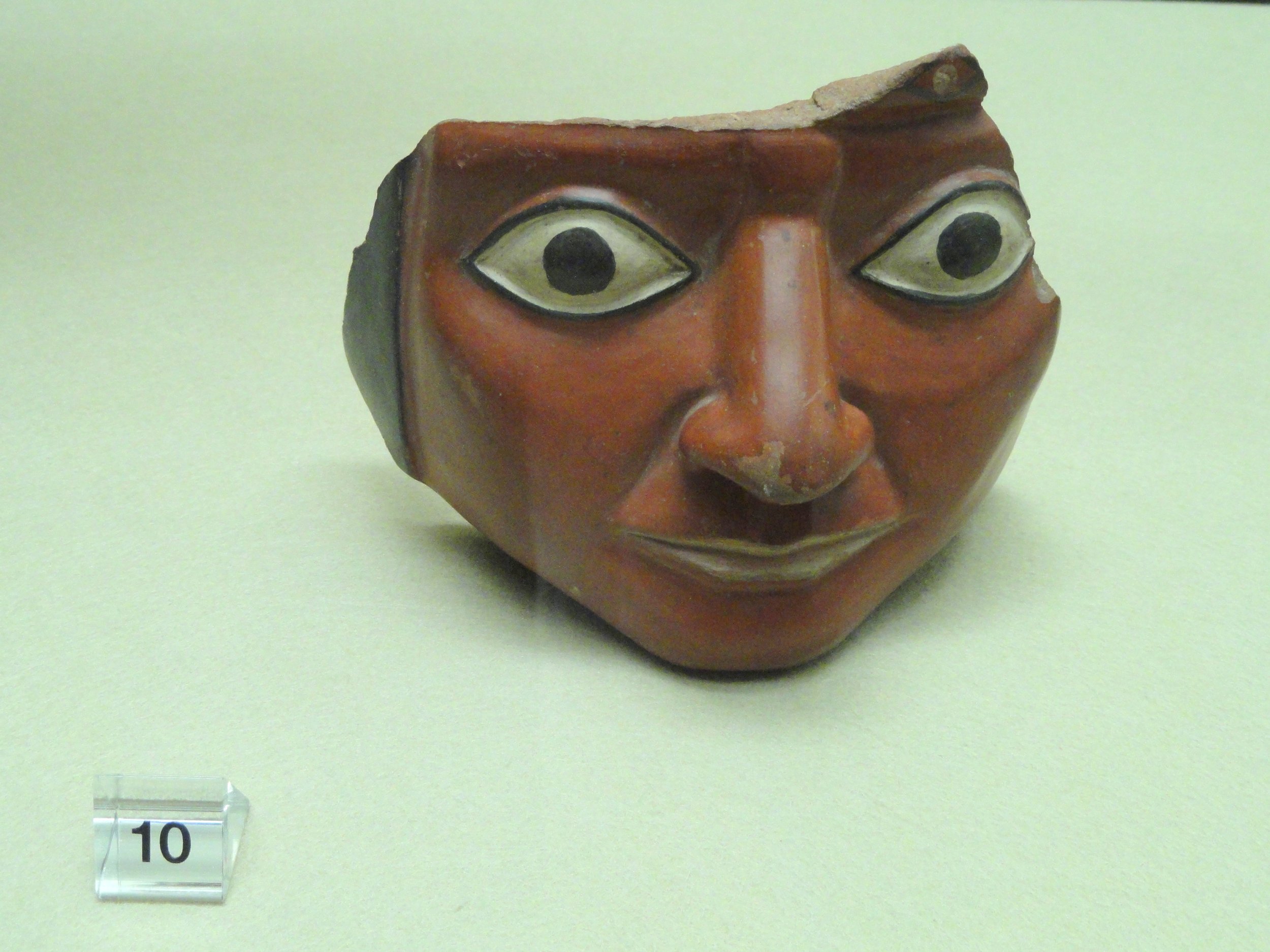

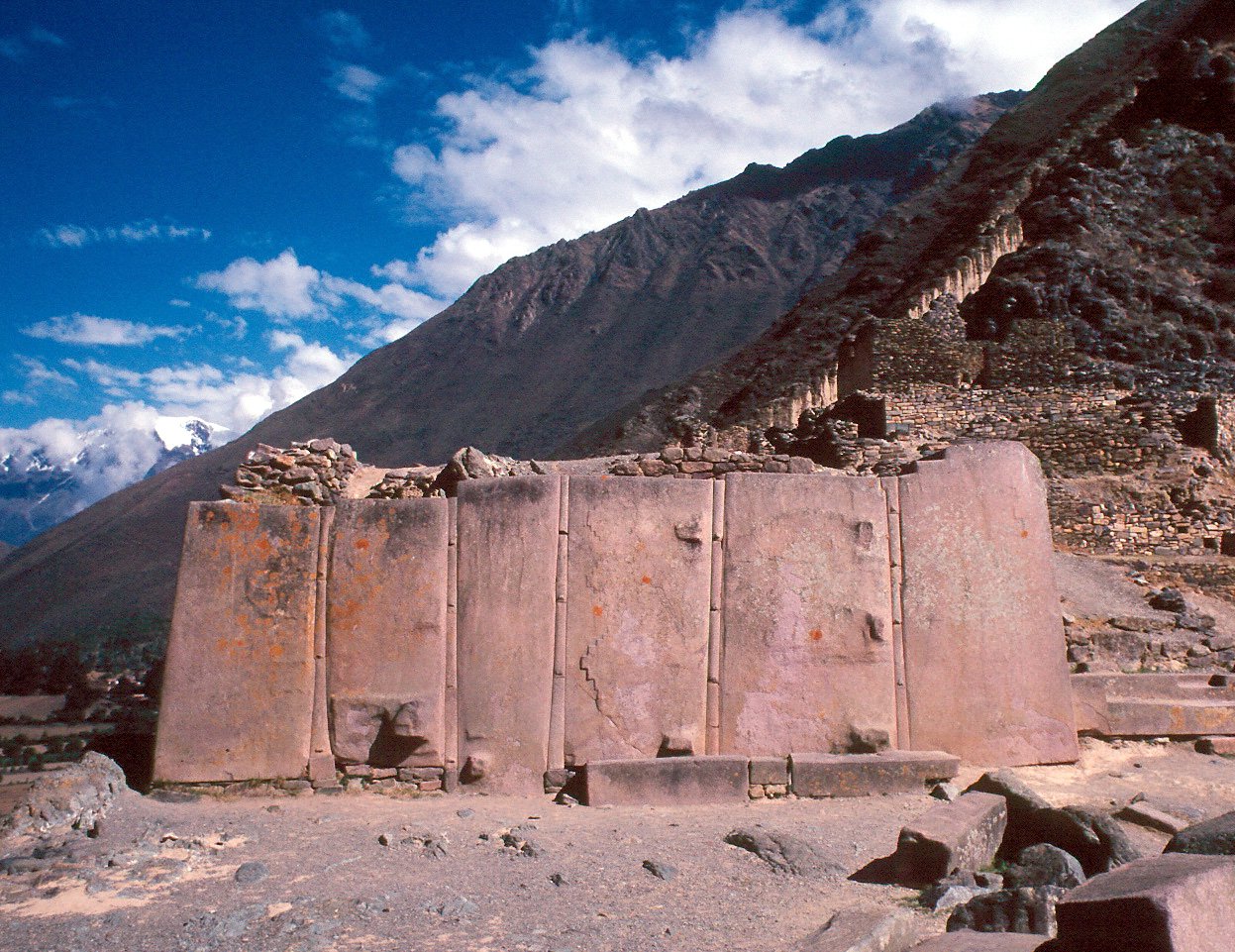
Location:
Tiwanaku, the ruins of a once-massive city just south of Lake Titicaca in western Bolivia and near the southern border of Peru. Pumapunku, a ceremonial and elite residential complex partly constructed with inexplicably huge stones is one of the fascinating sites within it.
Suggested Viewing:
Watch lecture #12: “Enigmatic Tiwanaku by Lake Titicaca” from the series Lost Worlds of South America with Dr. Edwin Barnhart over at Wondrium by CLICKING HERE. If you haven’t signed up yet for Wondrium, CLICK HERE to get a special, free 22-day trial offer which also includes unlimited access to their entire library, or go to Wondrium.com/legends
Reference Links:
“Puma Punku: Ancient Alien Technology From 12,000 Years Ago?” from Brien Foerster on YouTube
“The Non-Mystery of Puma Punku” by Brian Dunning of Skeptoid
PDF: Newspaper article on Pumapunku and Tiwanaku from The Washington Post, 1990
“Scientists Virtually Reconstruct Magnificent Pre-Incan Temple” on Gizmodo.com
“Late-Holocene atmospheric lead deposition in the Peruvian and Bolivian Andes” on ResearchGate.net
“Difference Between The Aztec, Maya, Inca, And Olmec” on KnowledgeNuts.com
“See Bolivia's celebration of human skulls” by CHRISTINE BEDNARZ on NationalGeographic.com
“Amateur archeologist may have found an ancient city off the coast of St. Bernard”
Related Books:
SPECIAL OFFERS FROM OUR SPECIAL SPONSORS:
FIND OTHER GREAT DEALS FROM OUR SHOW’S SPONSORS BY CLICKING HERE!
CREDITS:
Episode 228: The Mystery of Pumapunku Part 1. Produced by Scott Philbrook & Forrest Burgess; Audio Editing by Sarah Vorhees Wendel. Sound Design by Ryan McCullough; Tess Pfeifle, Producer, and Lead Researcher; Research Support from the astonishing League of Astonishing Researchers, a.k.a. The Astonishing Research Corps, or "A.R.C." for short. Copyright 2022 Astonishing Legends Productions, LLC. All Rights Reserved.






